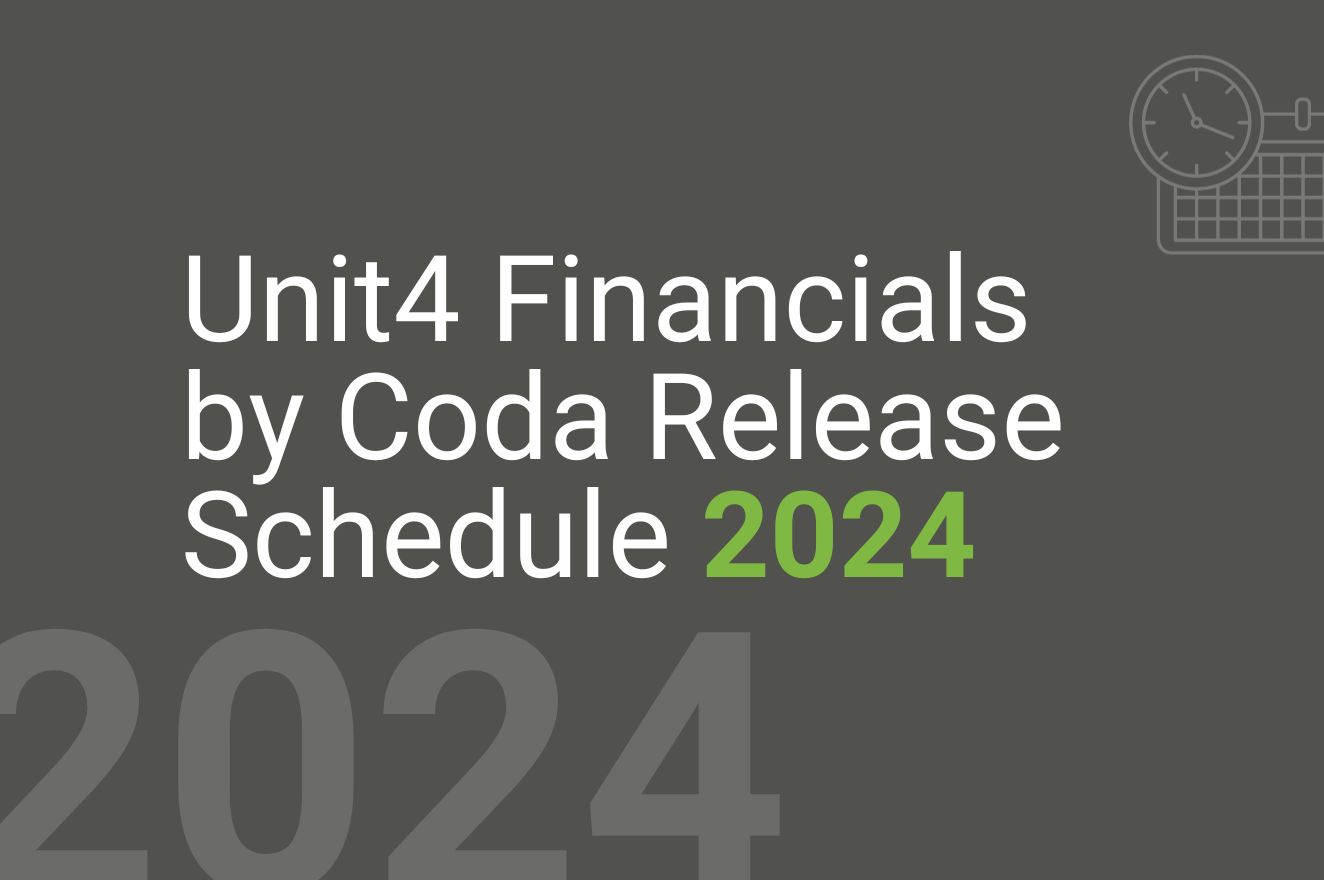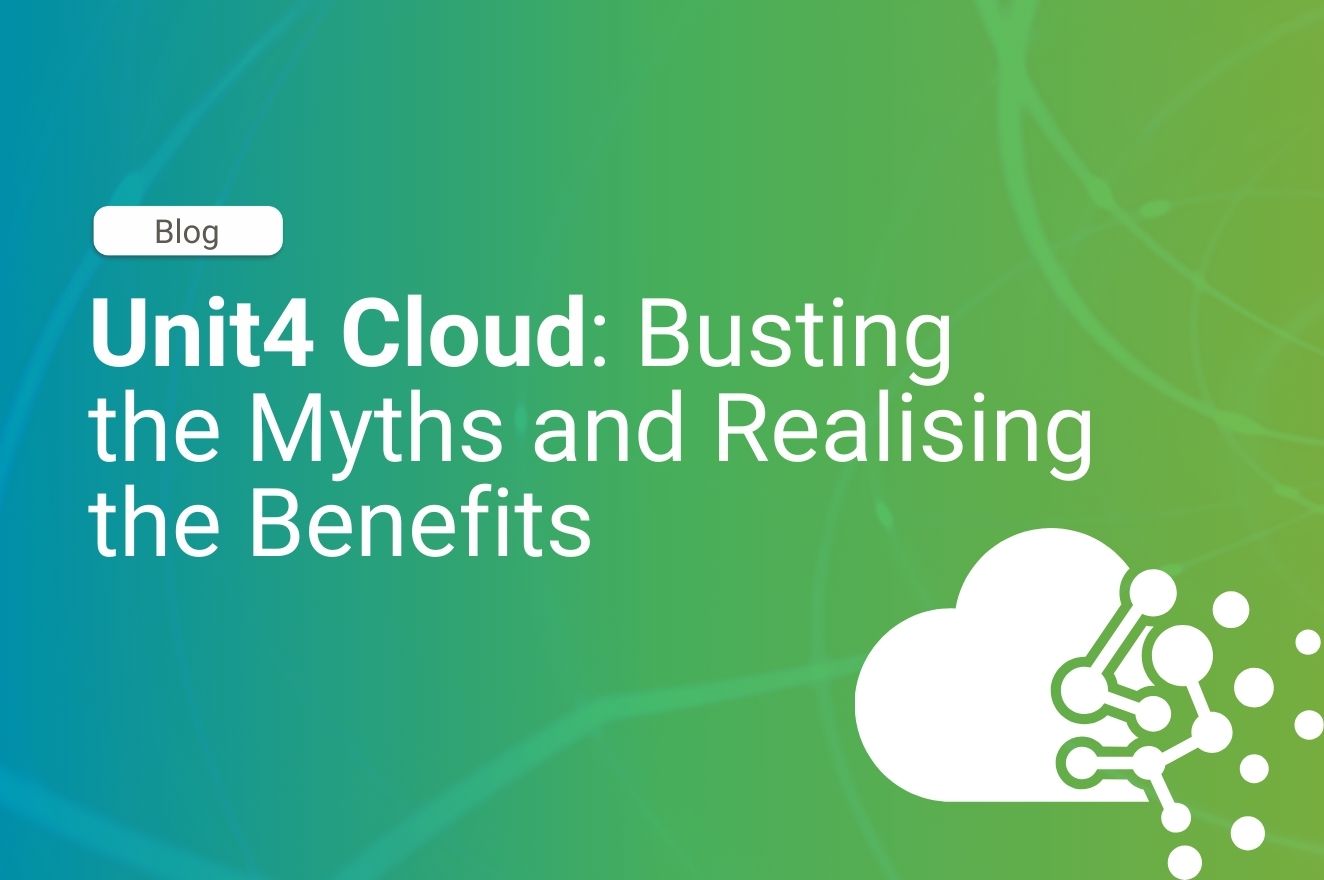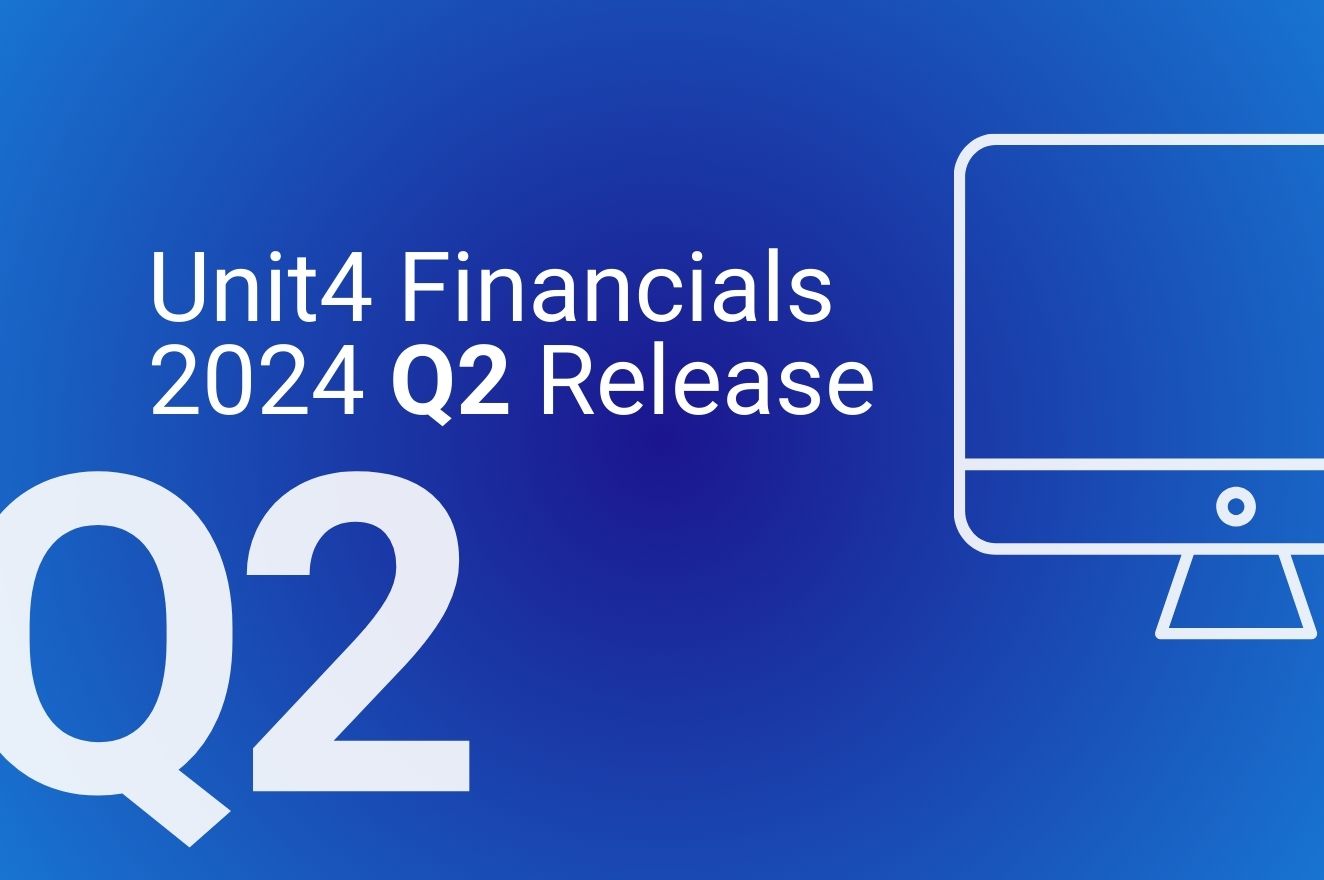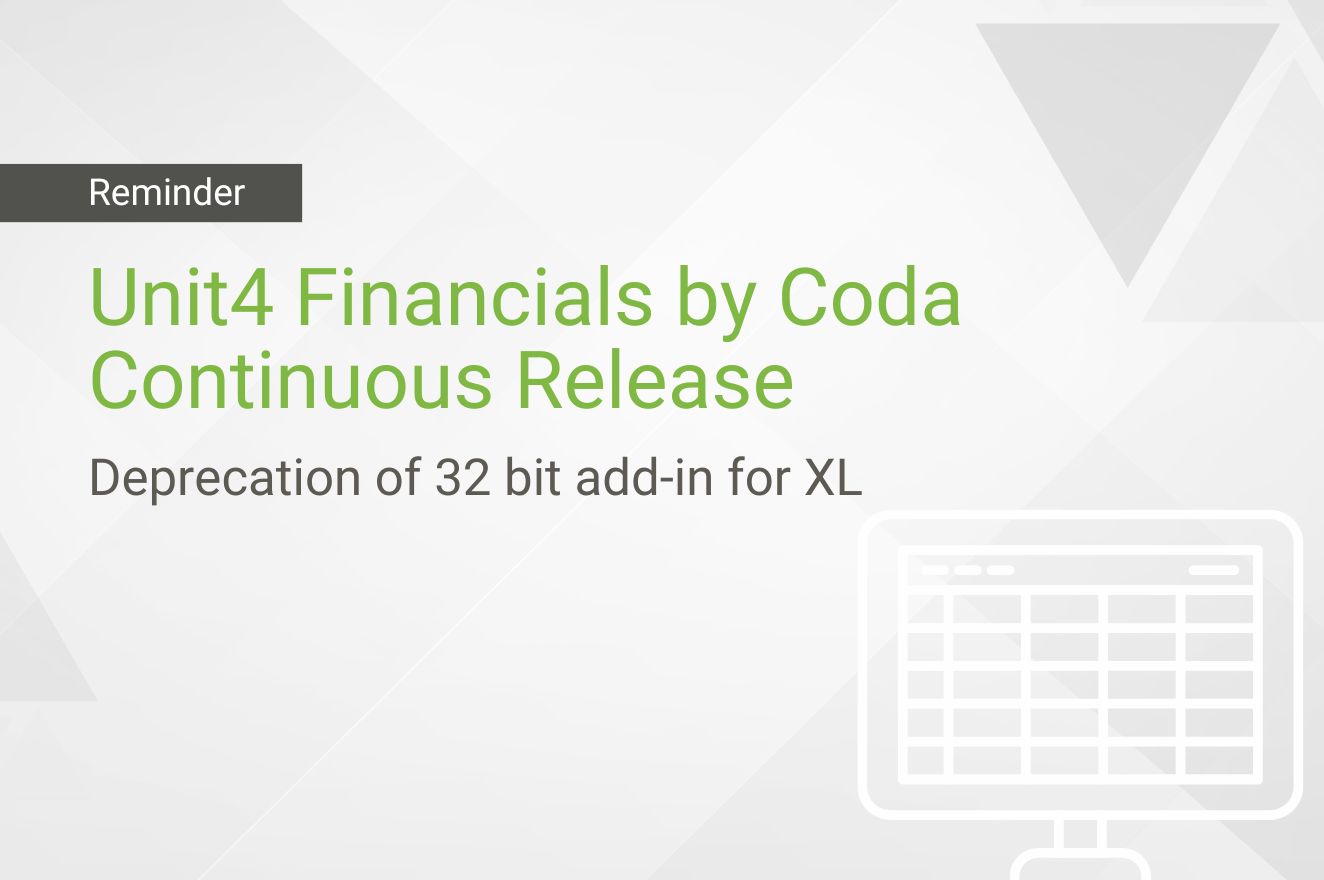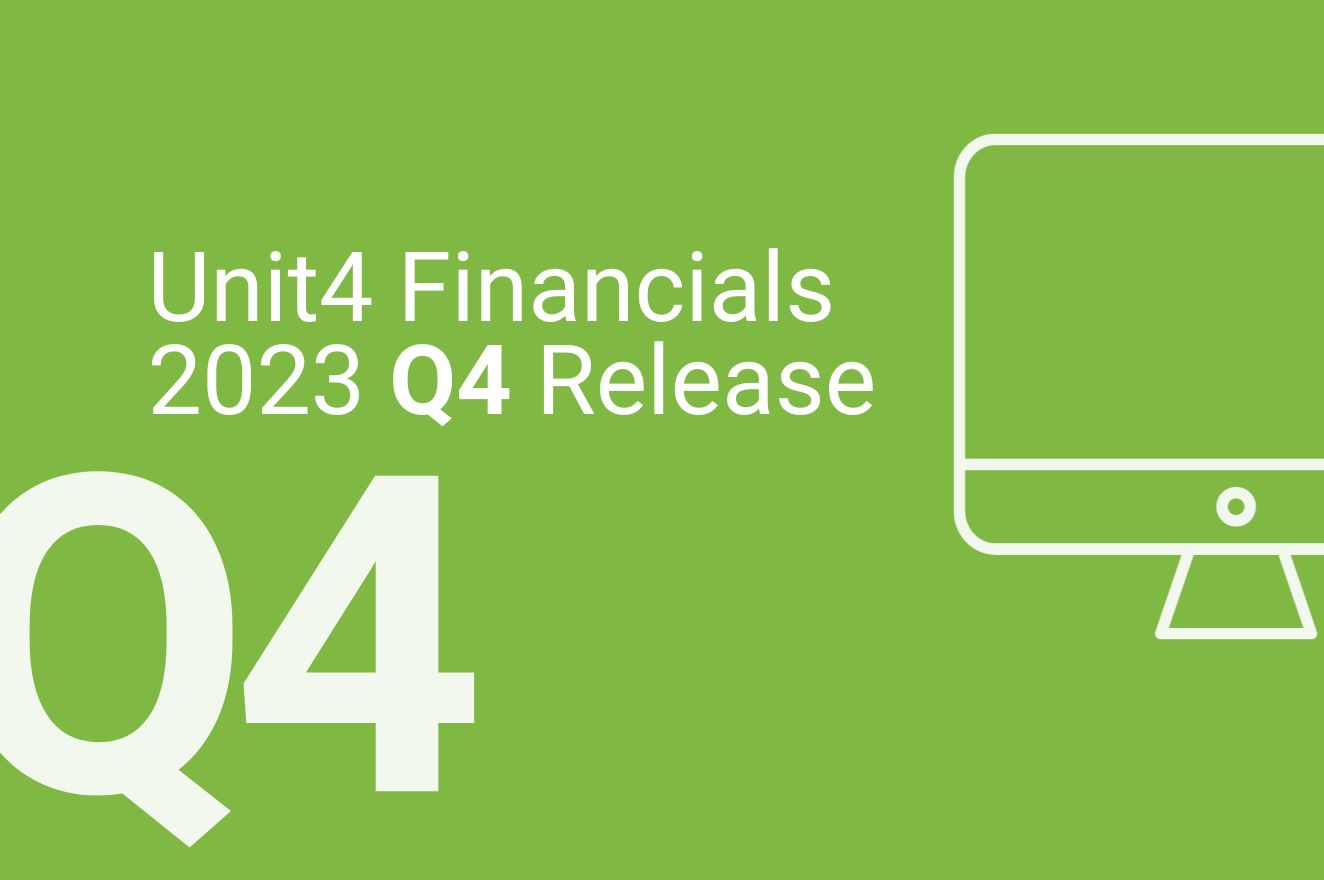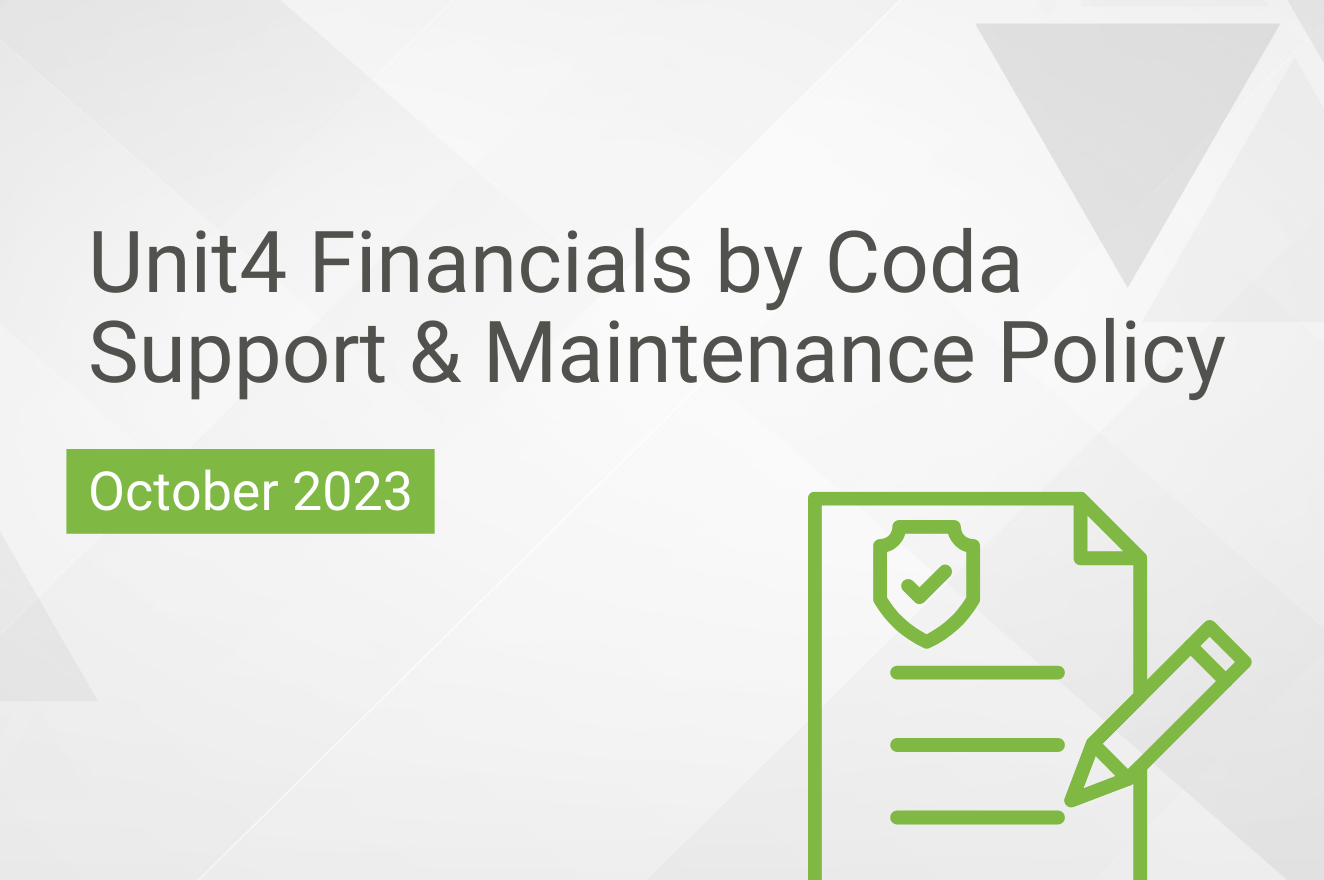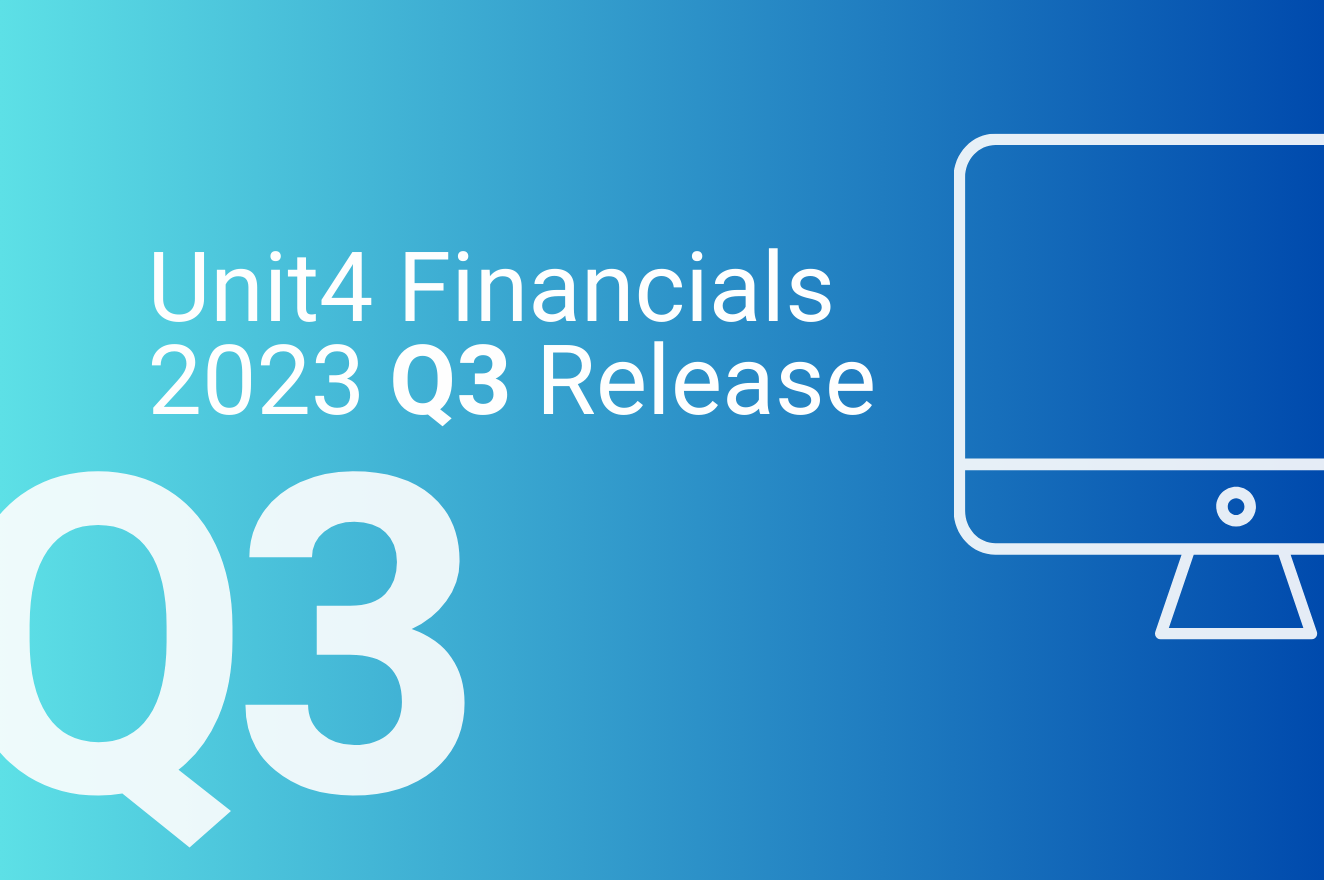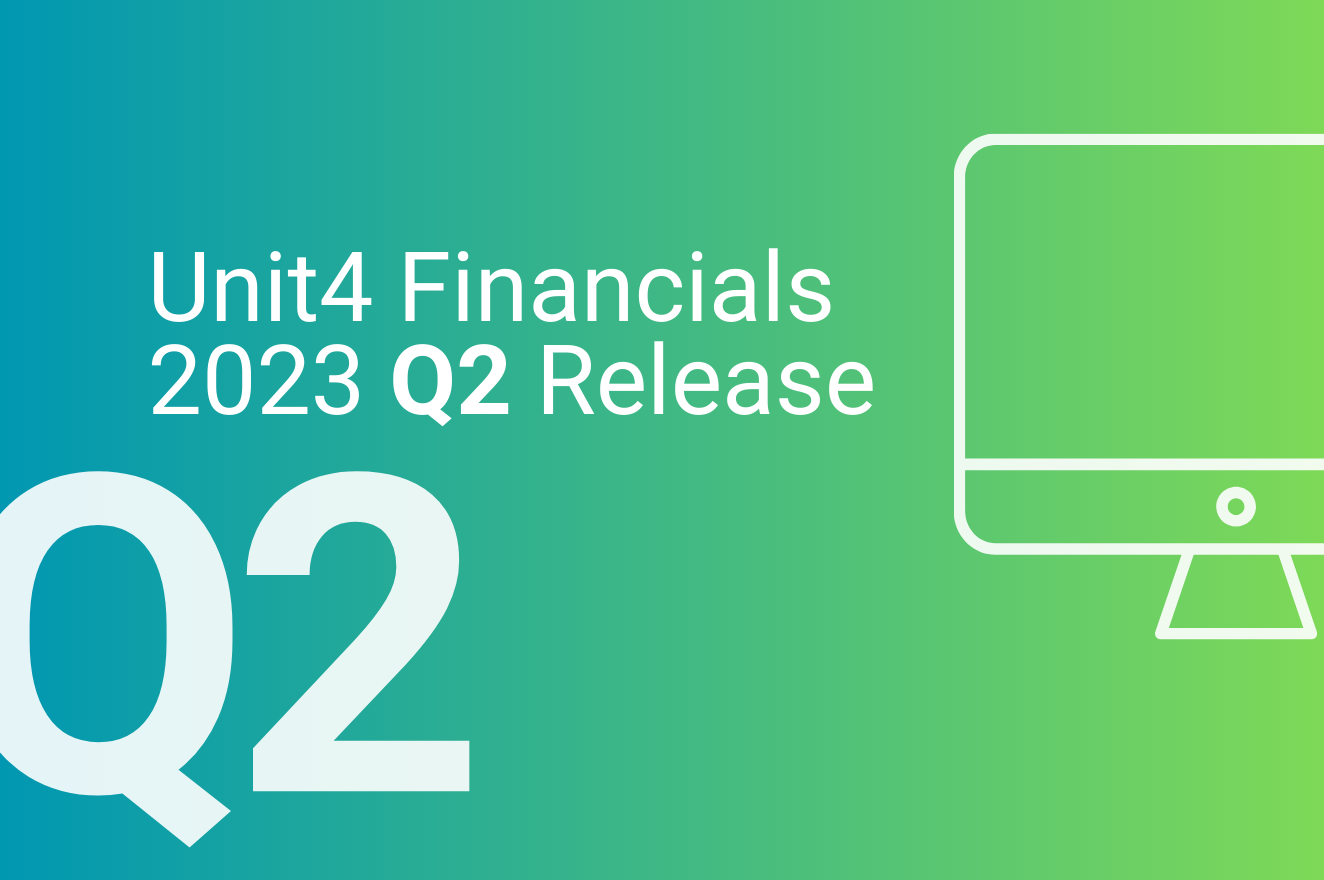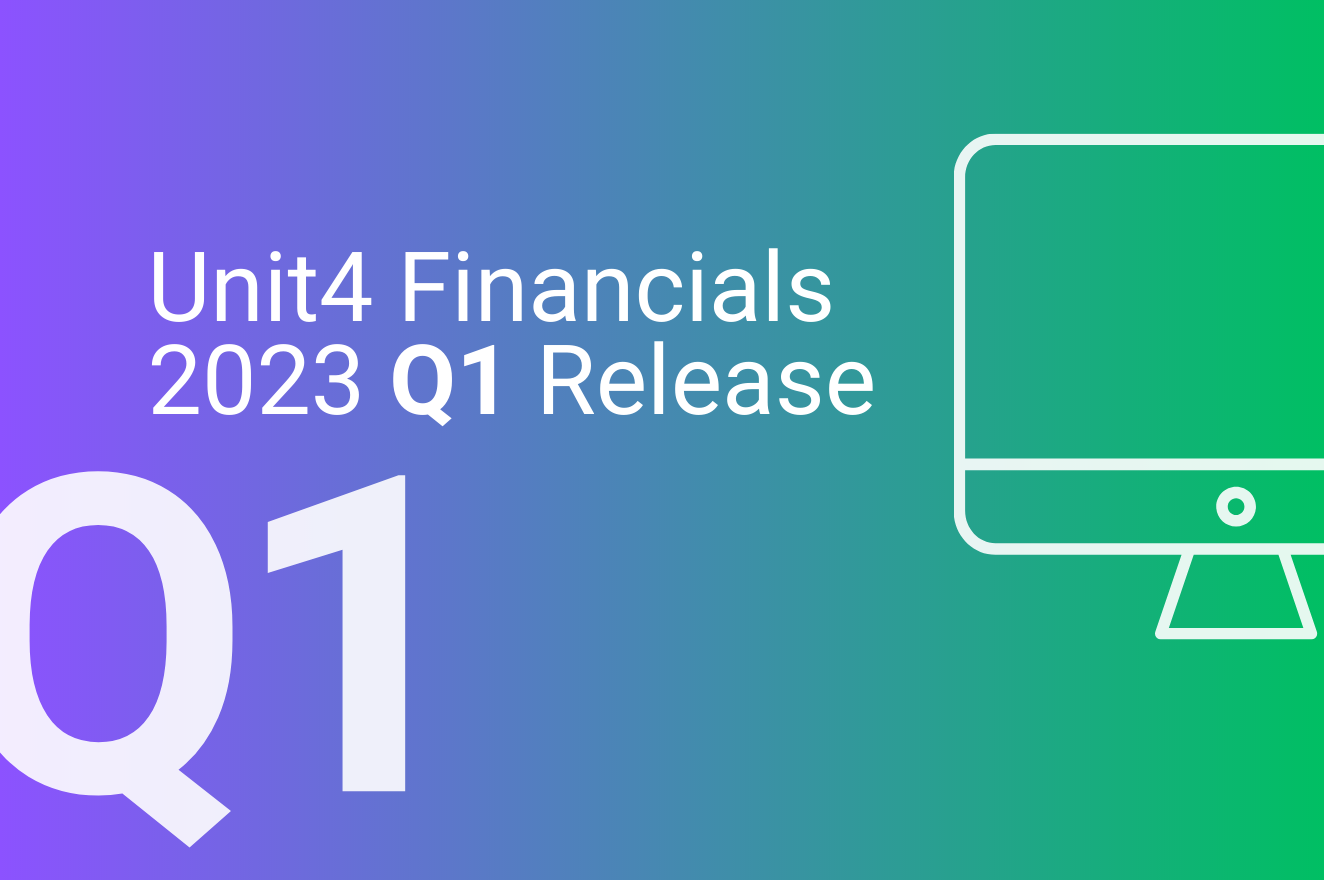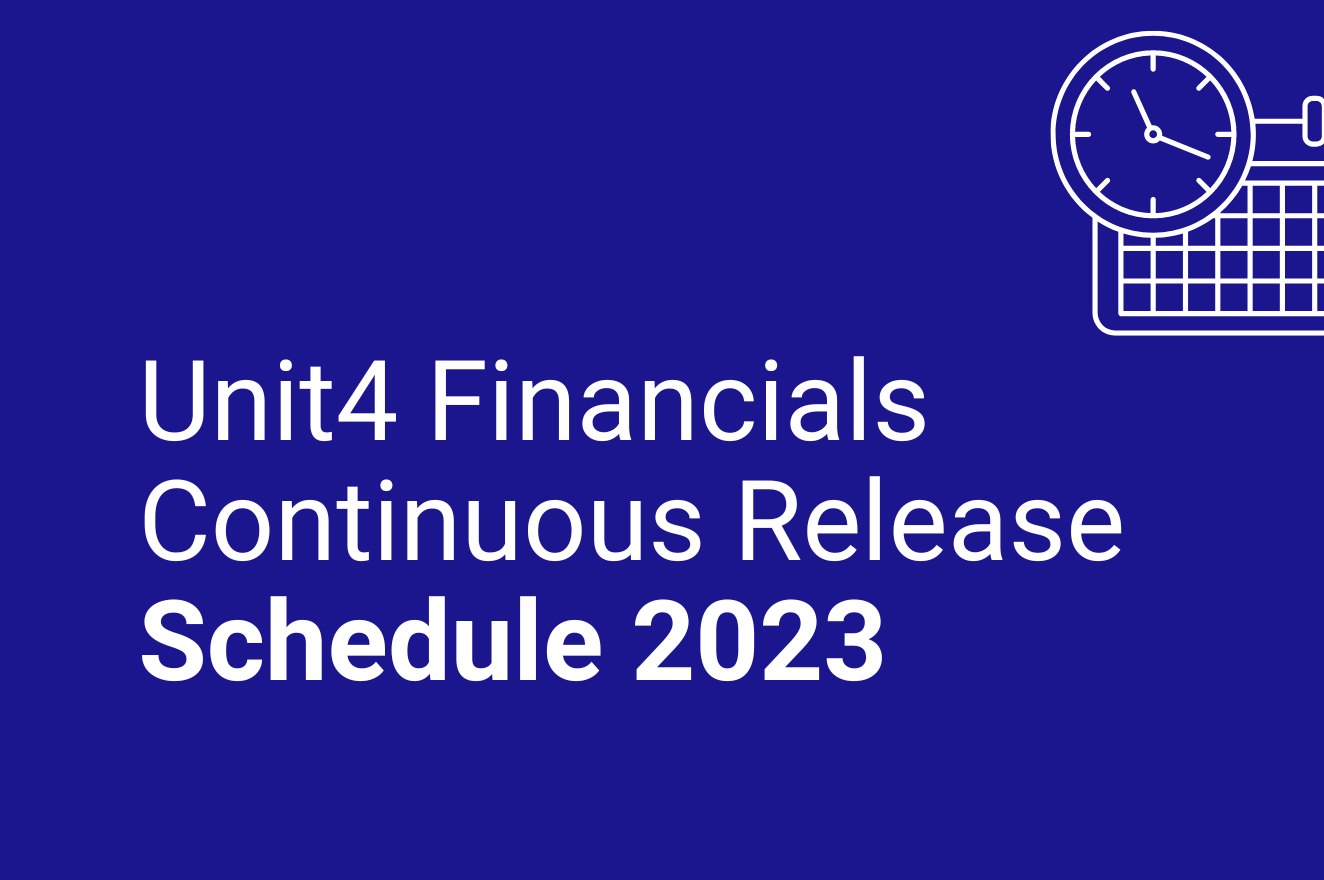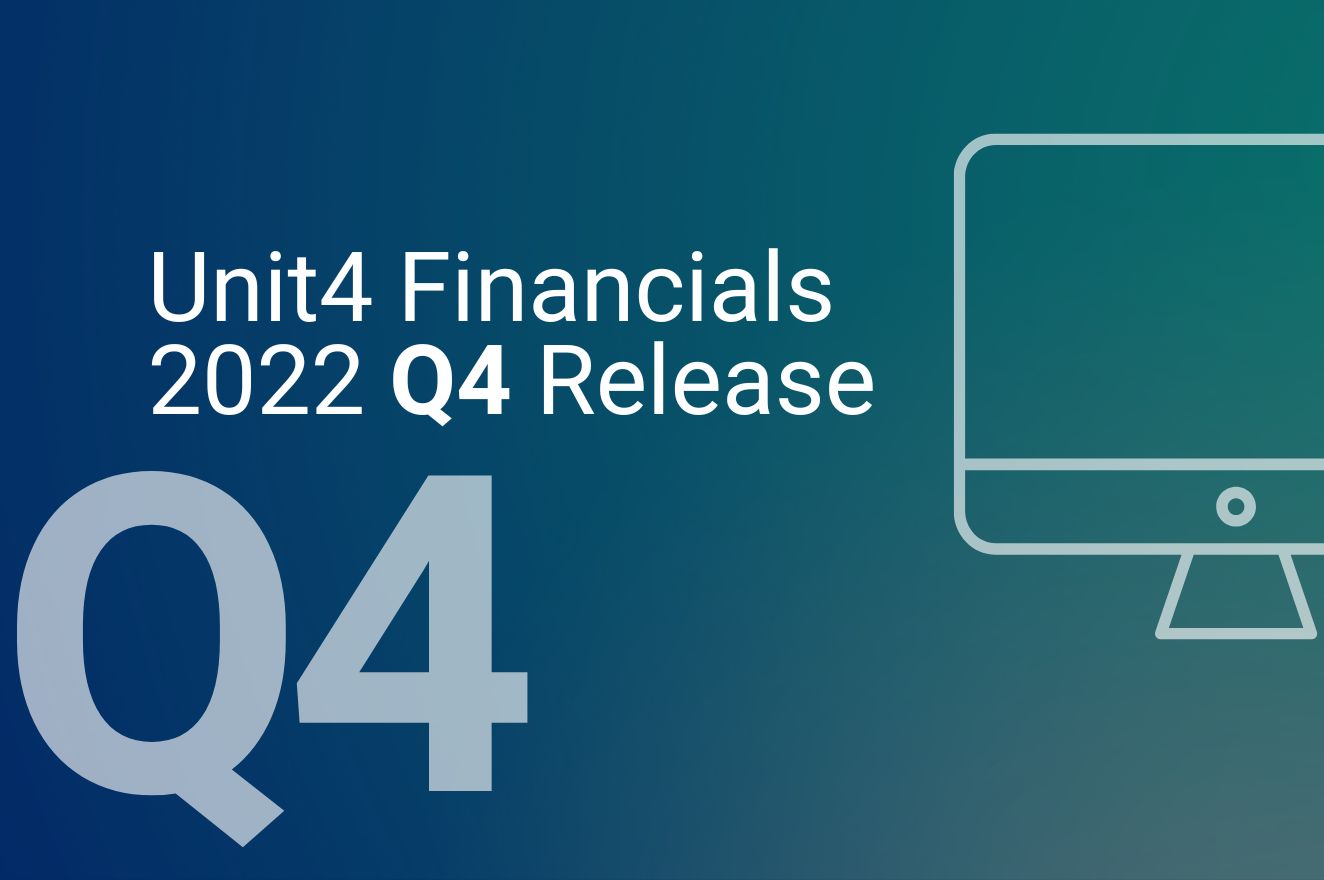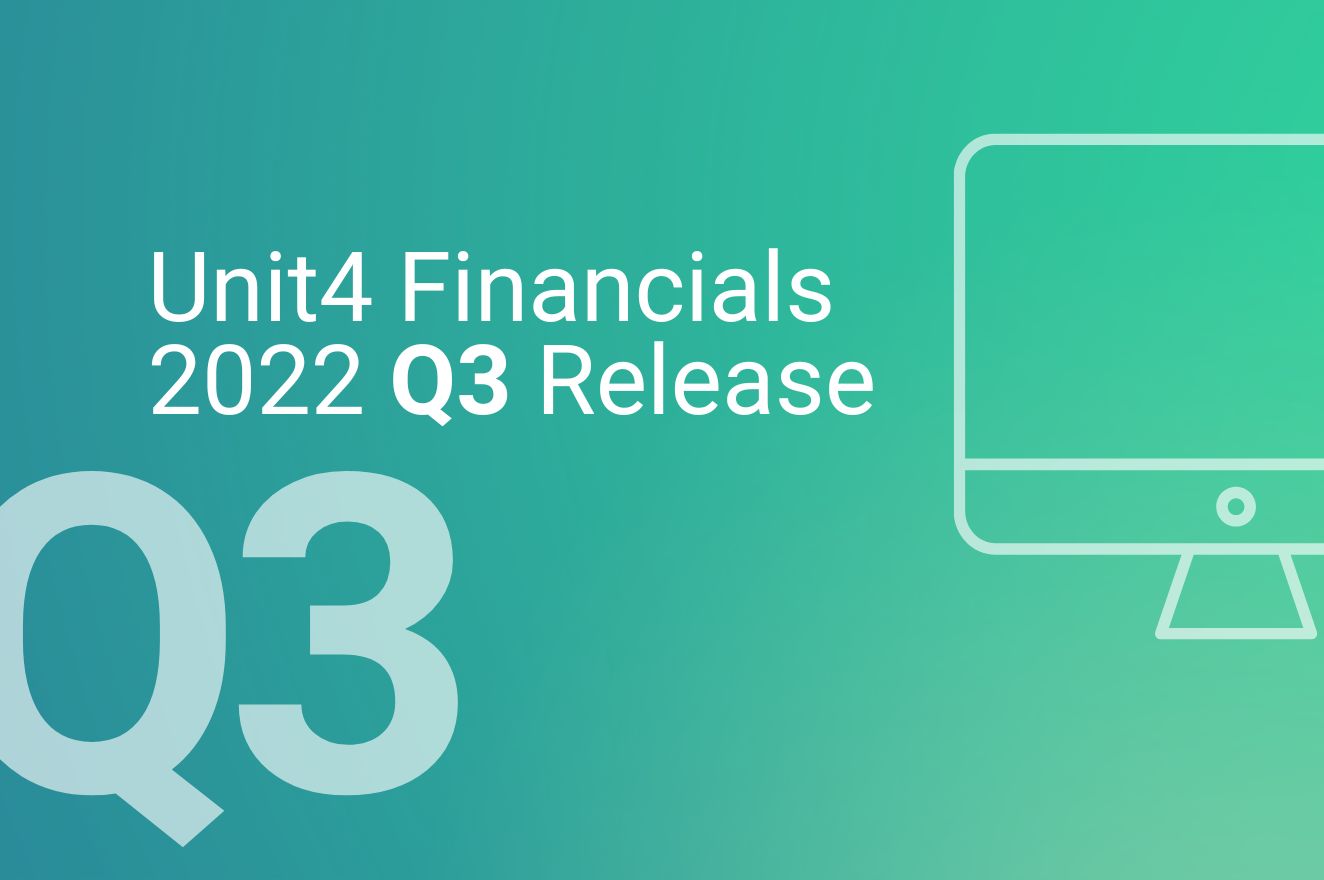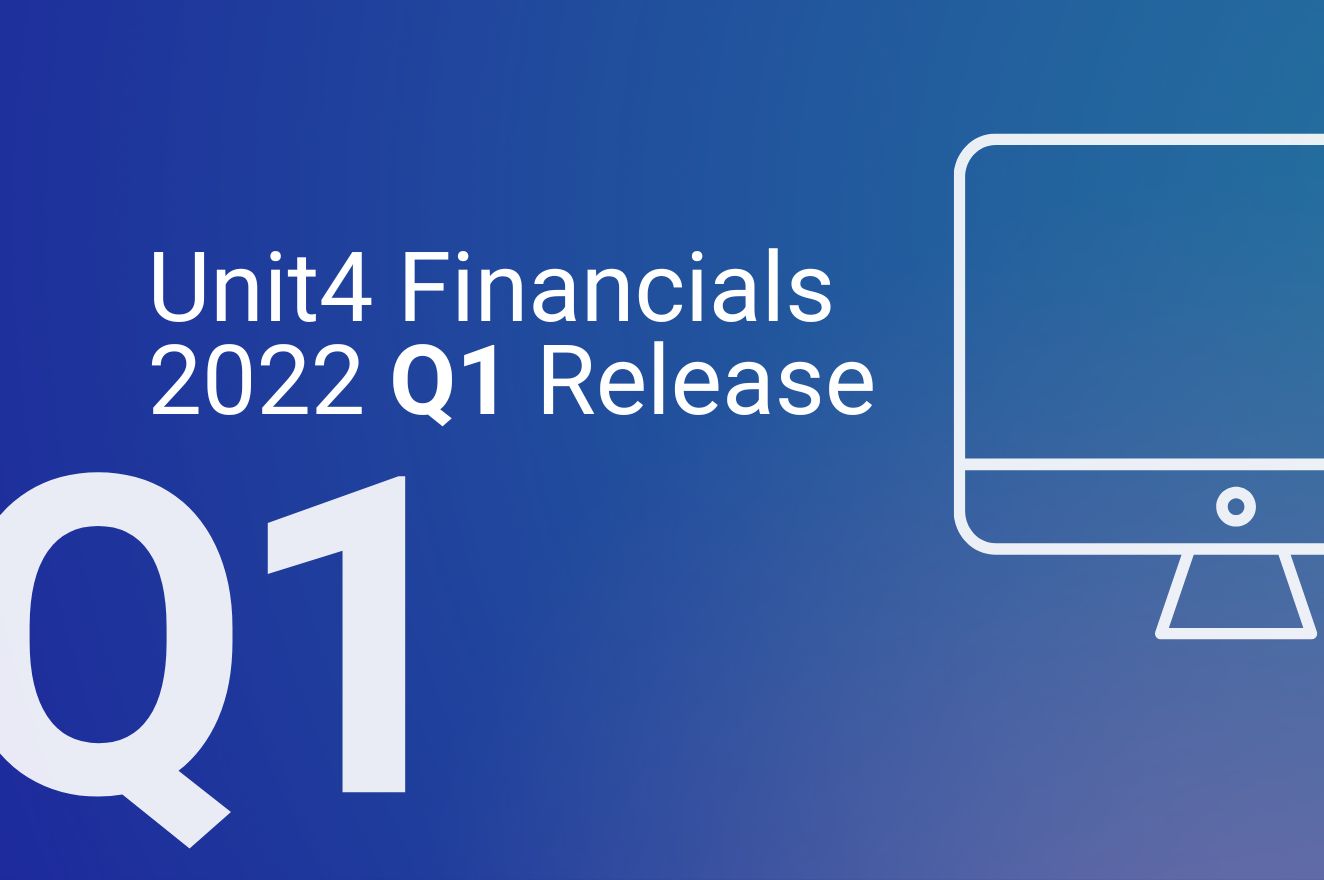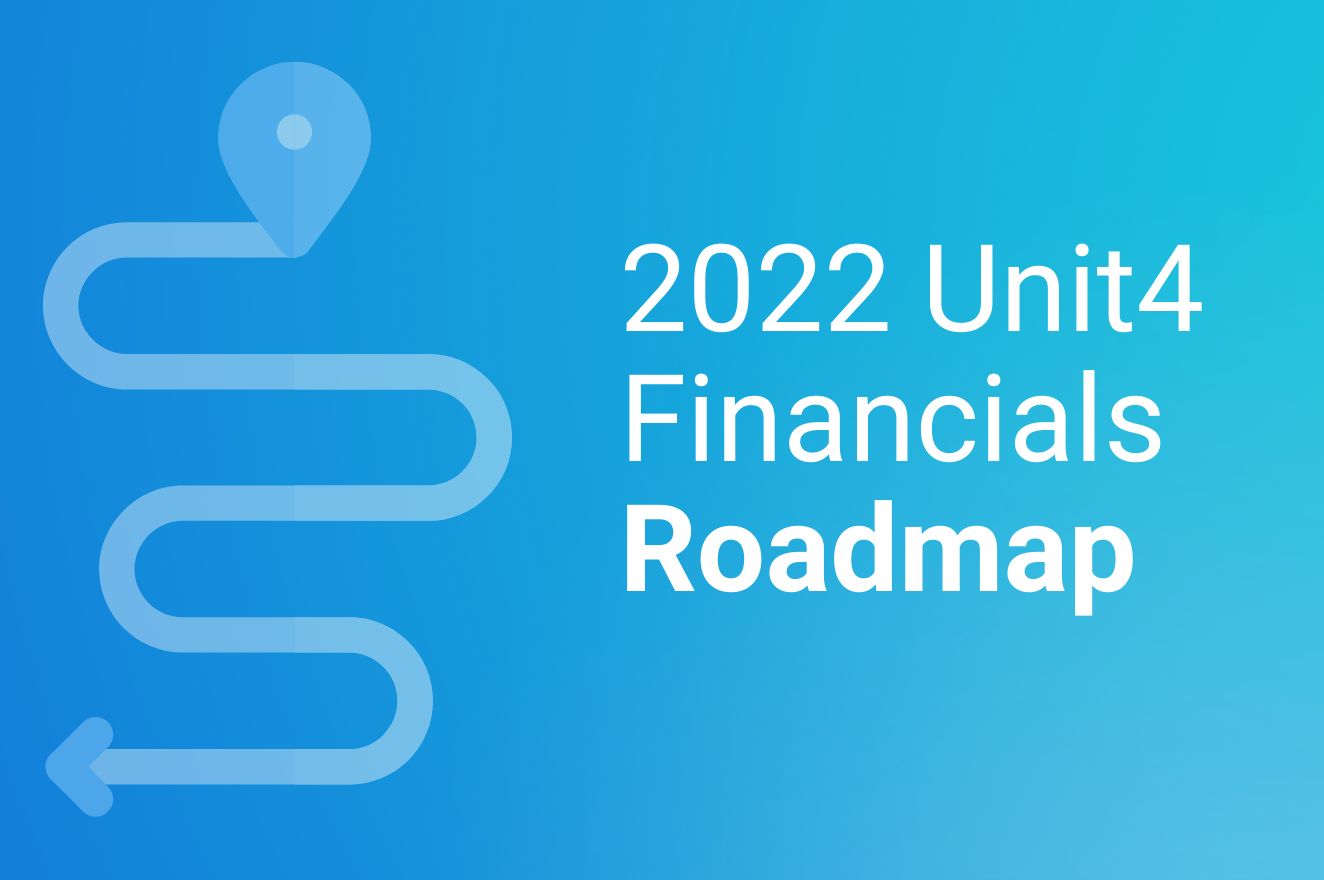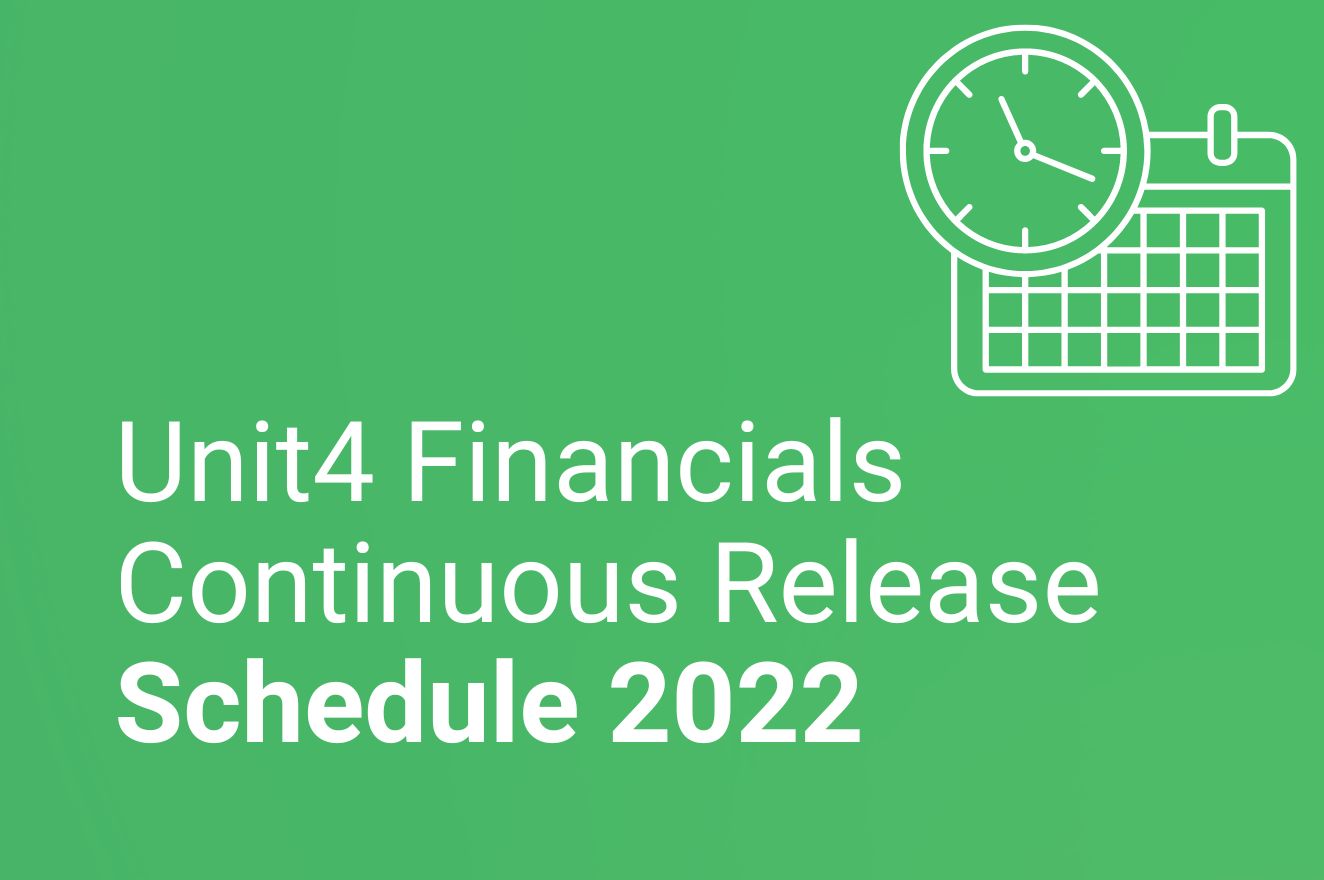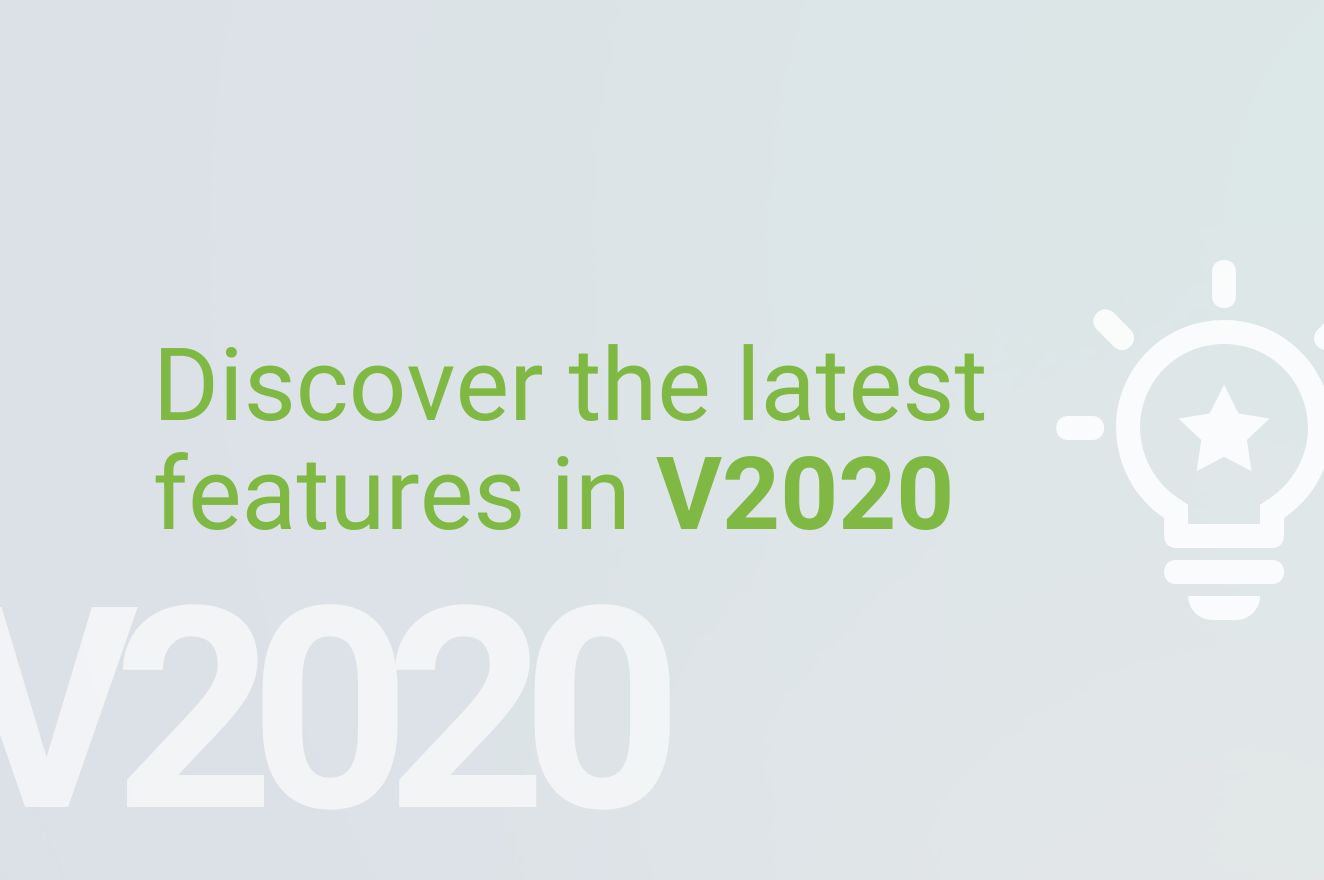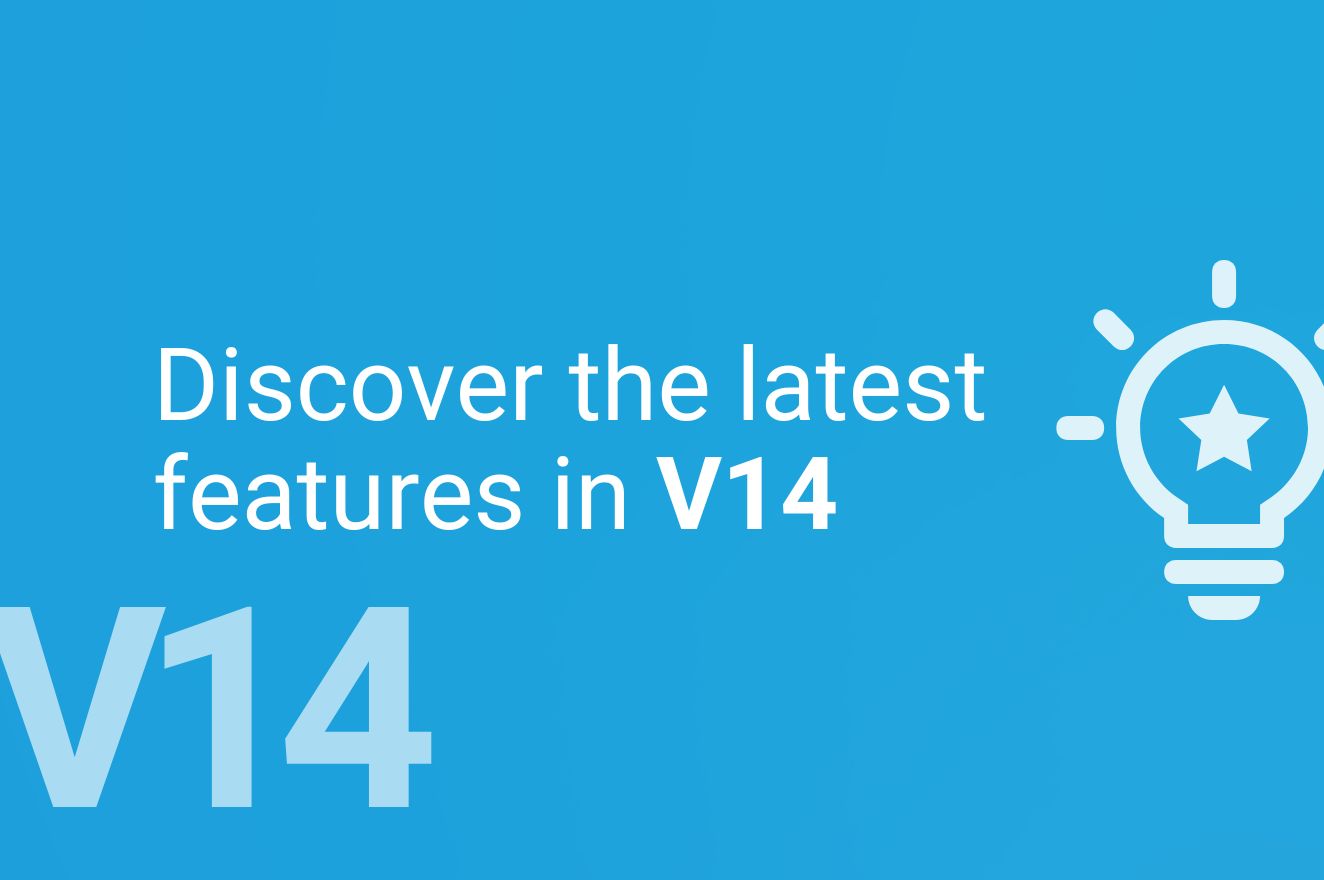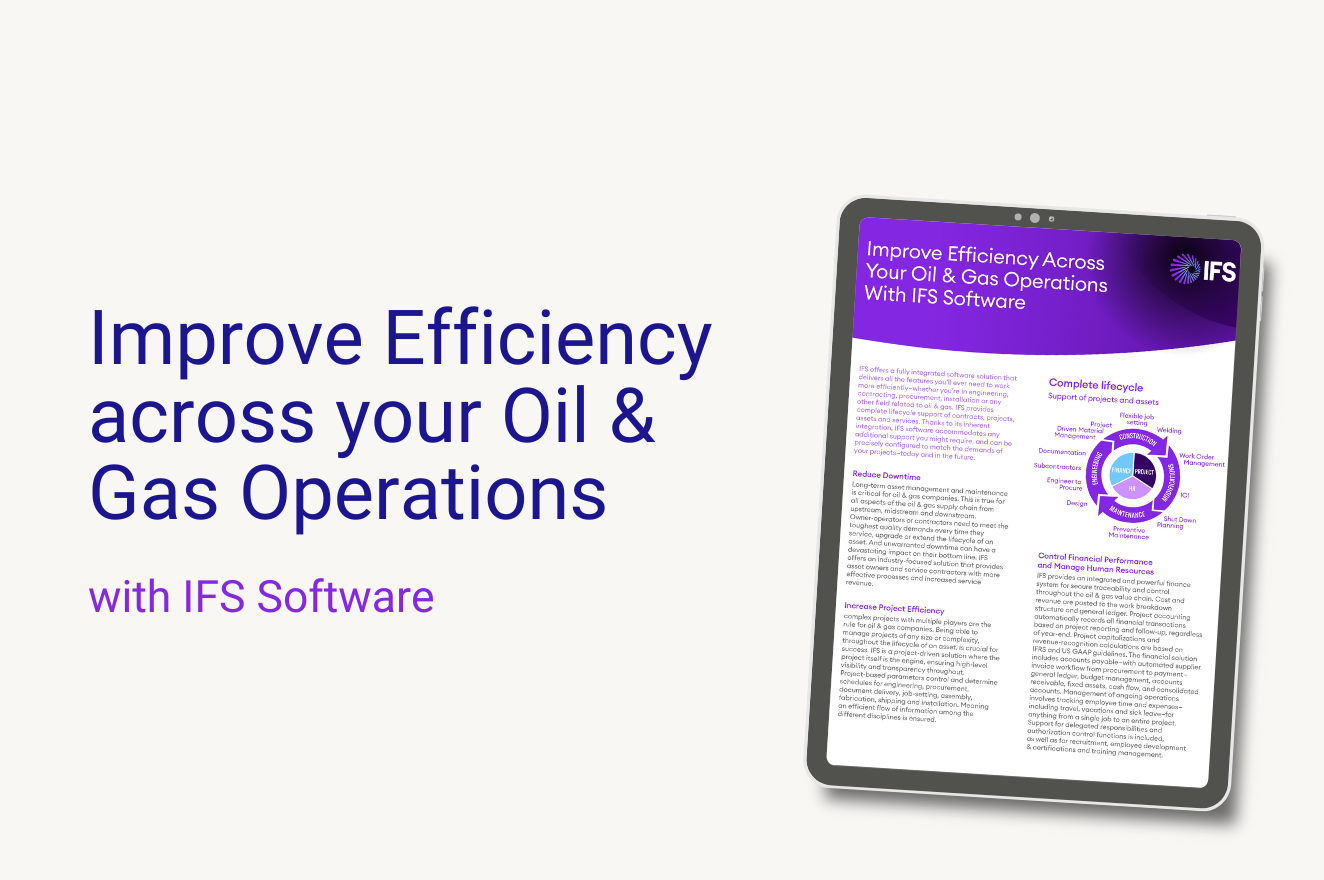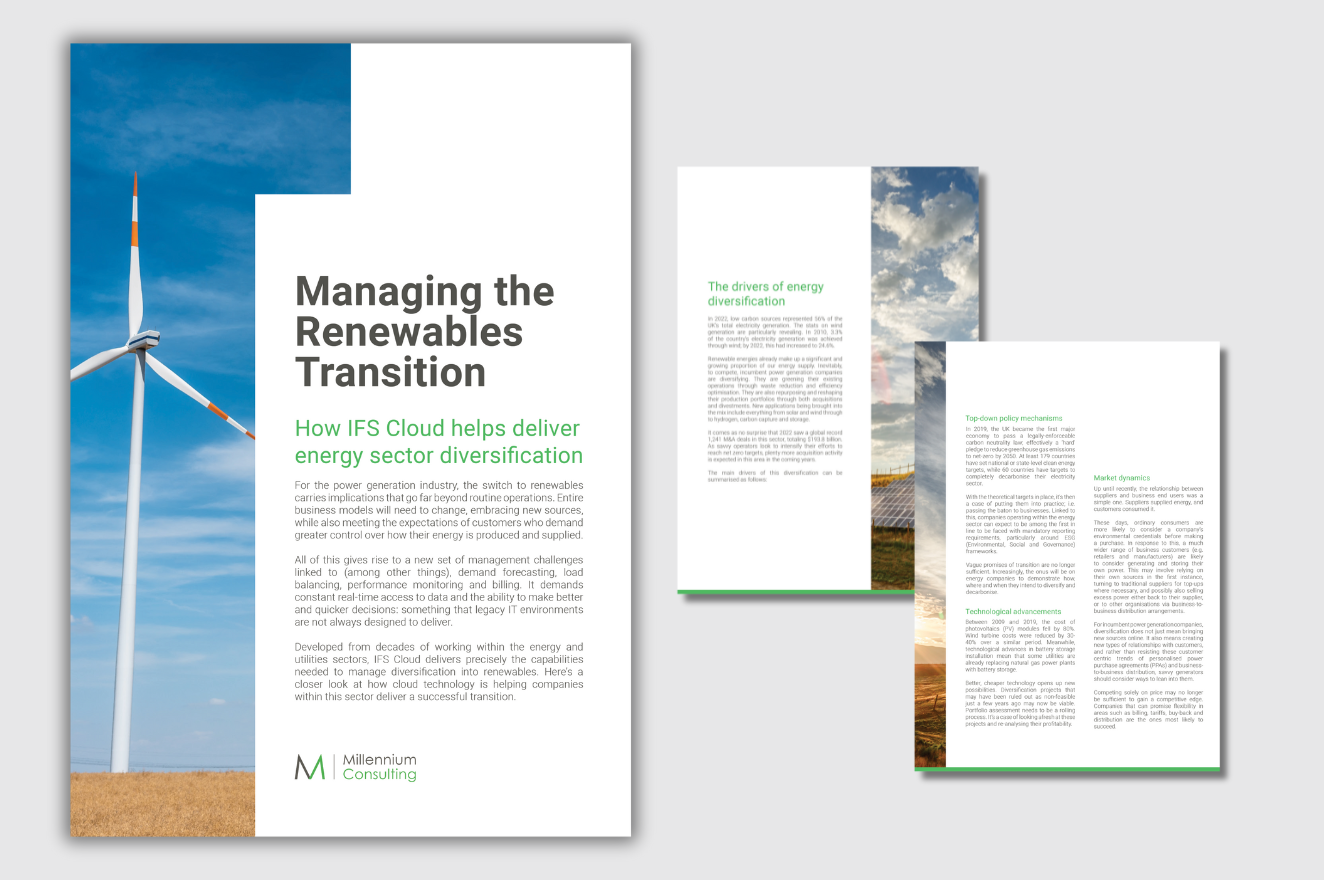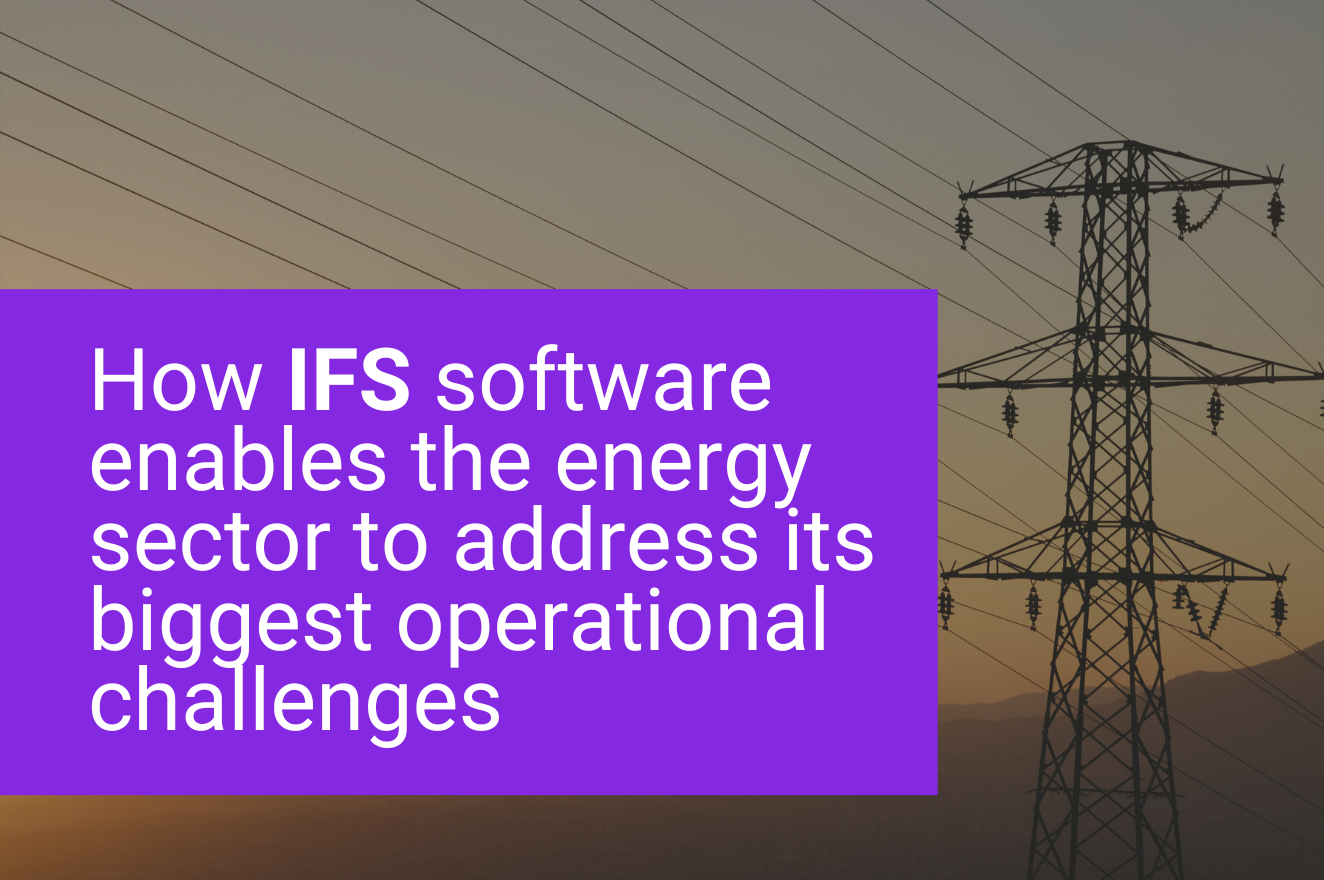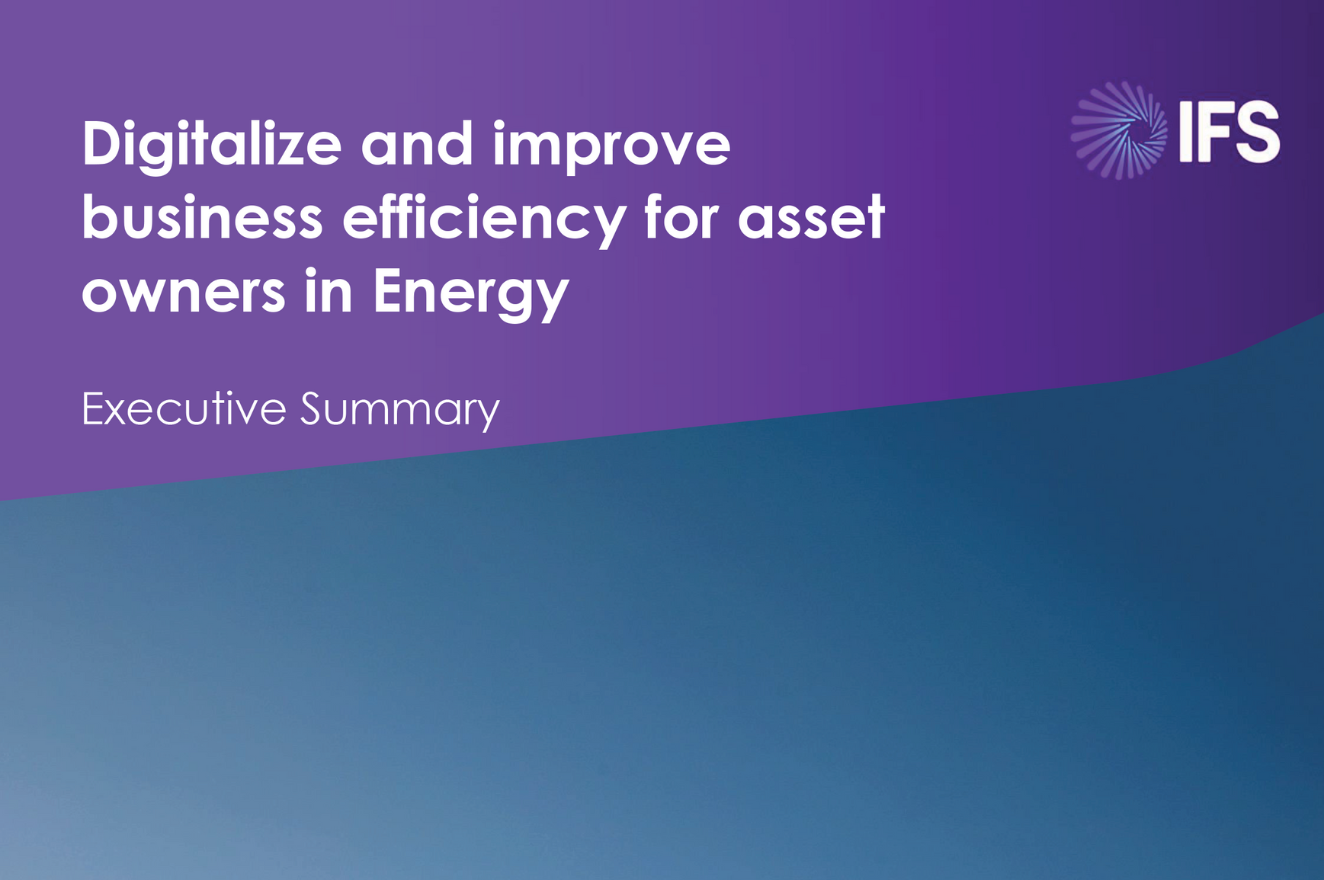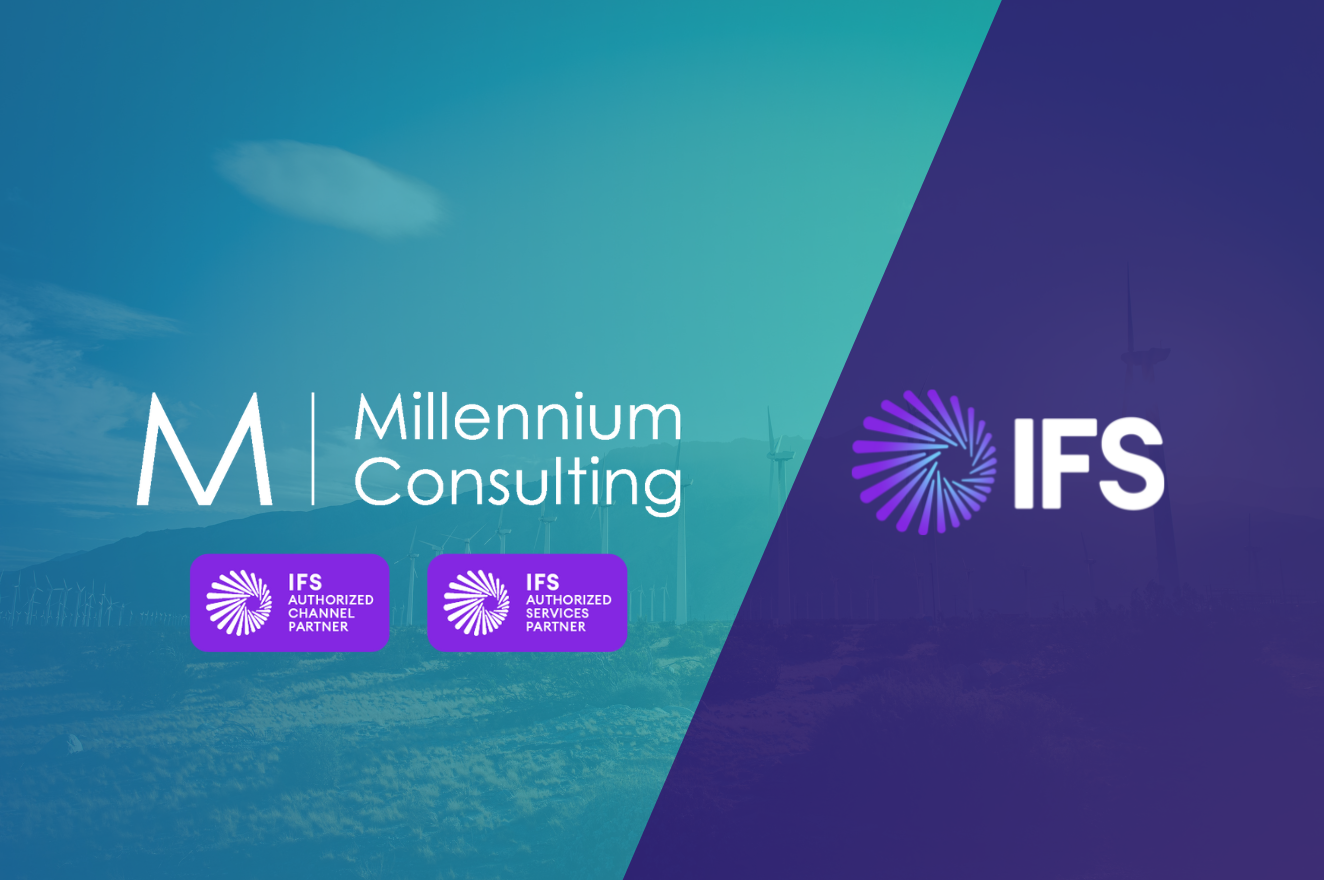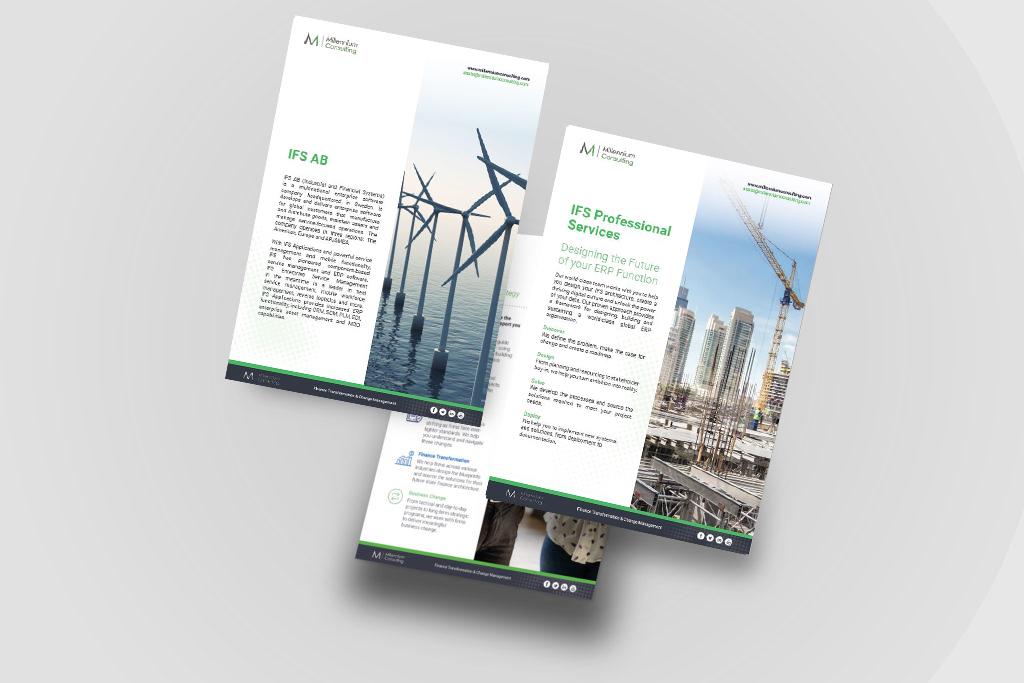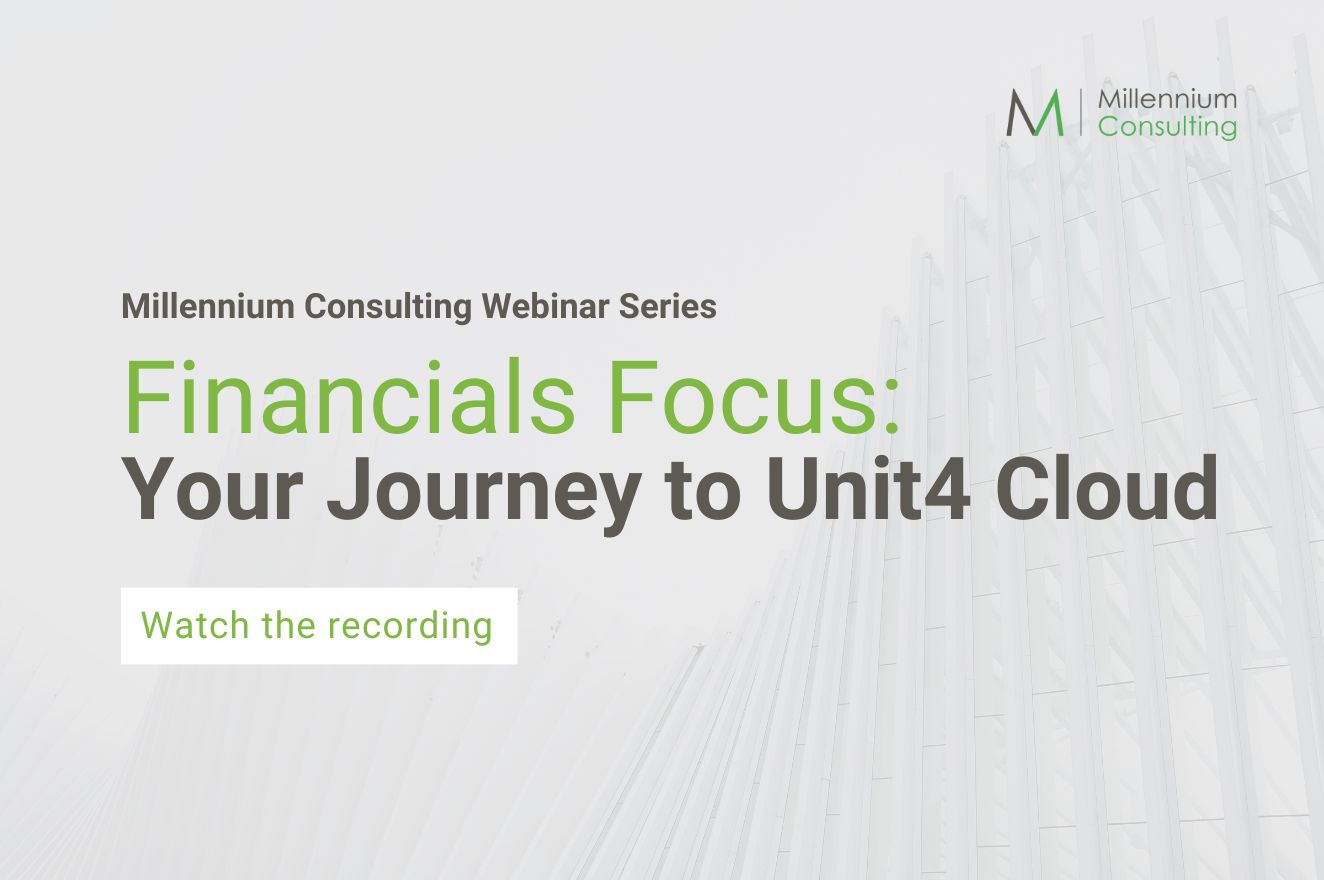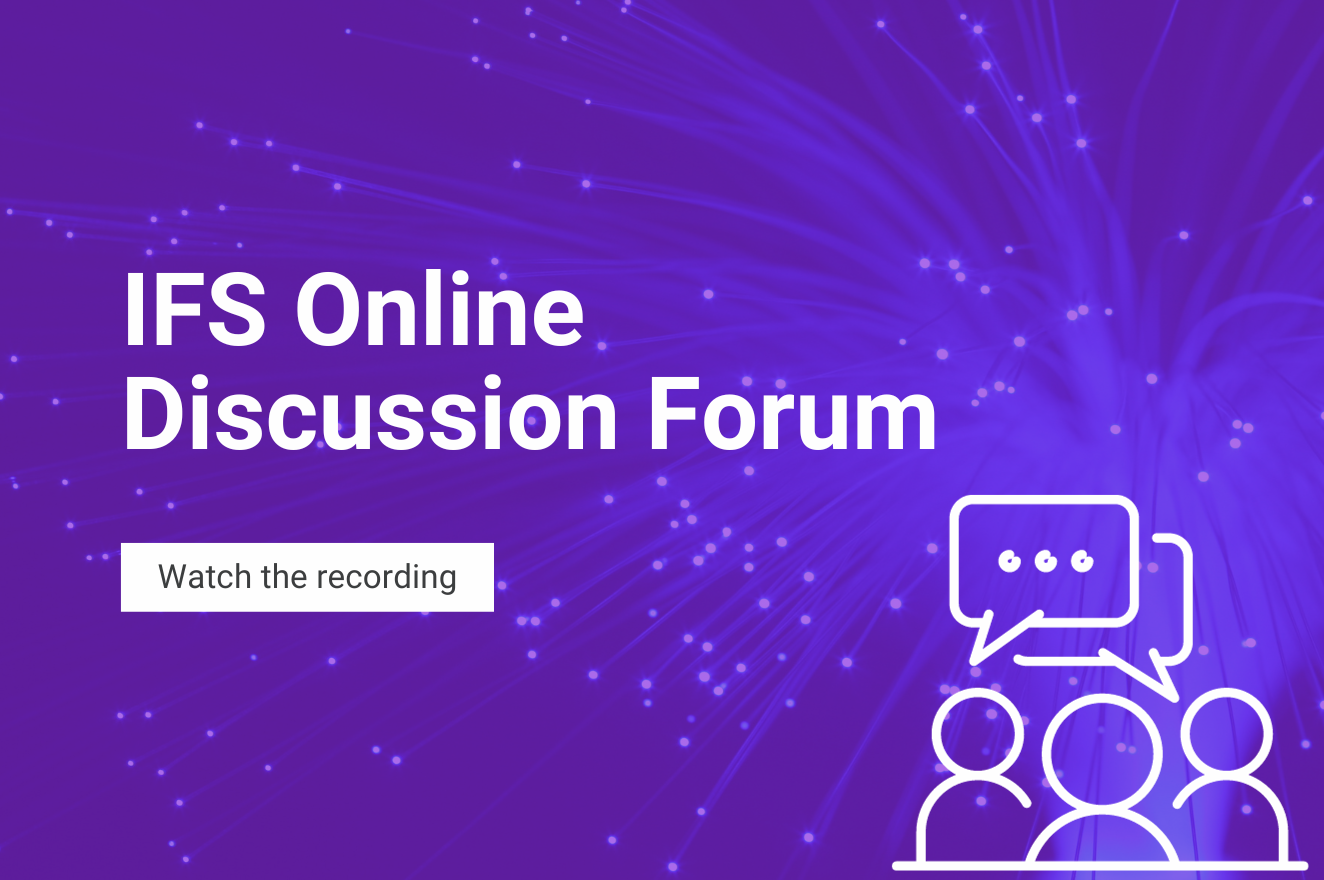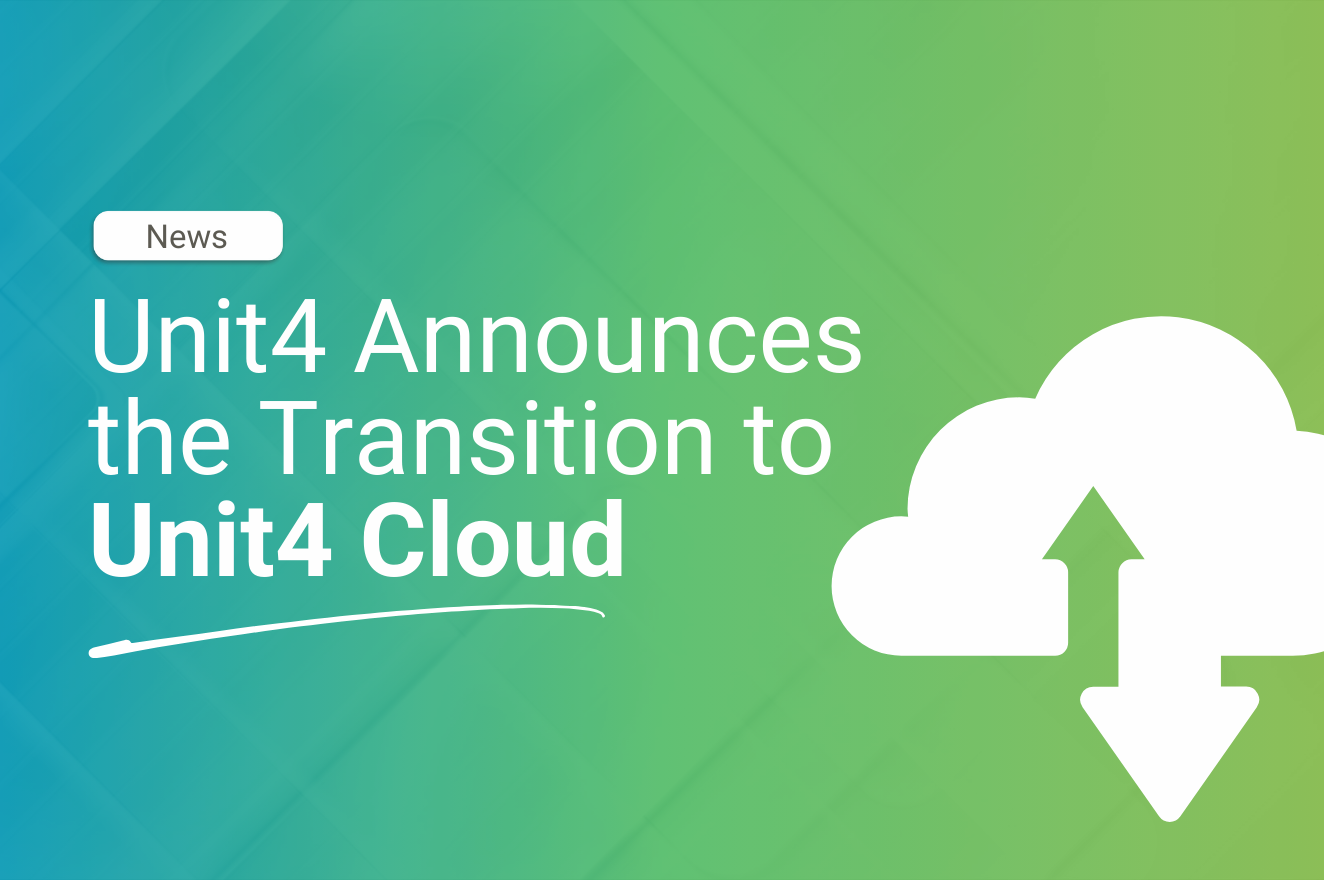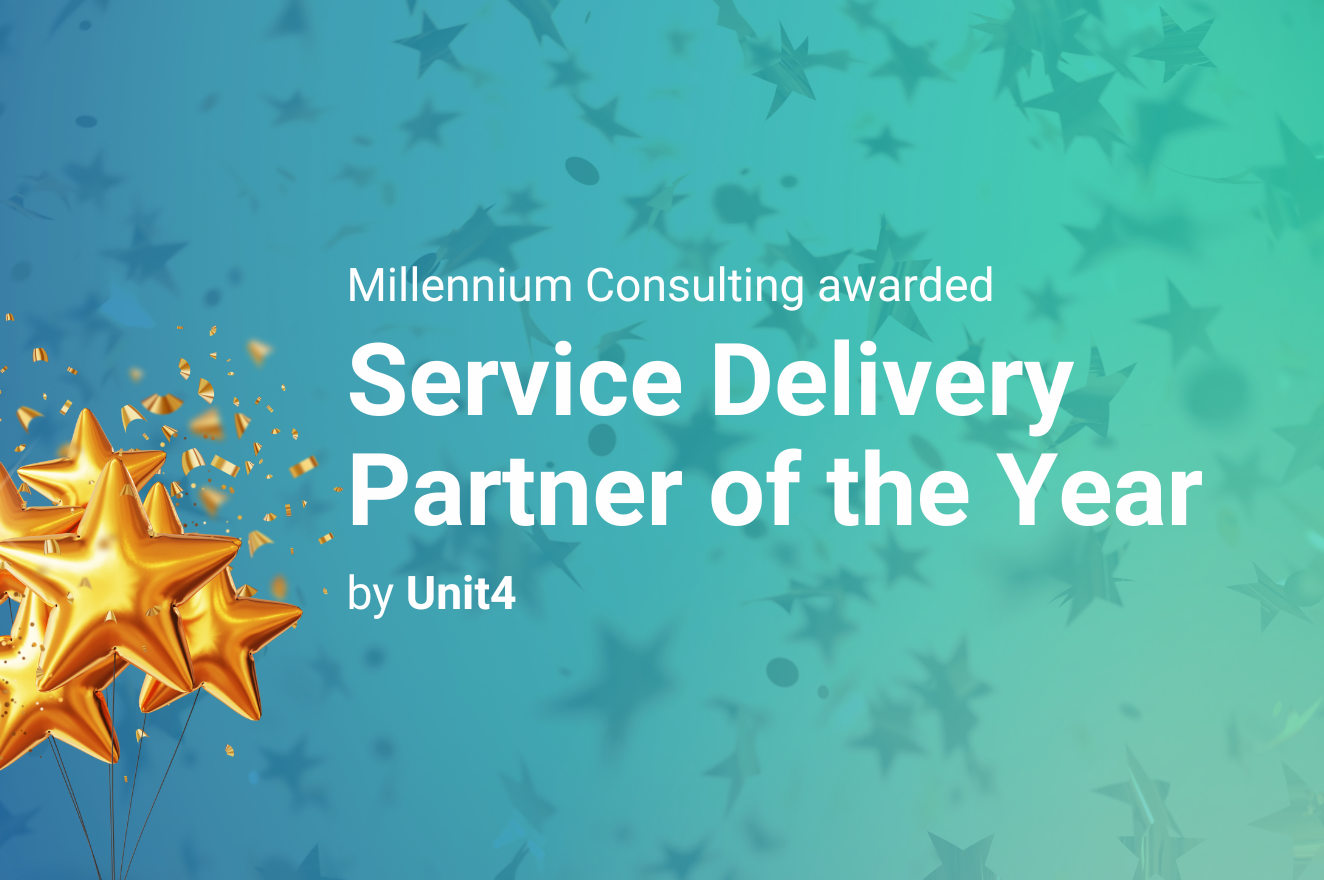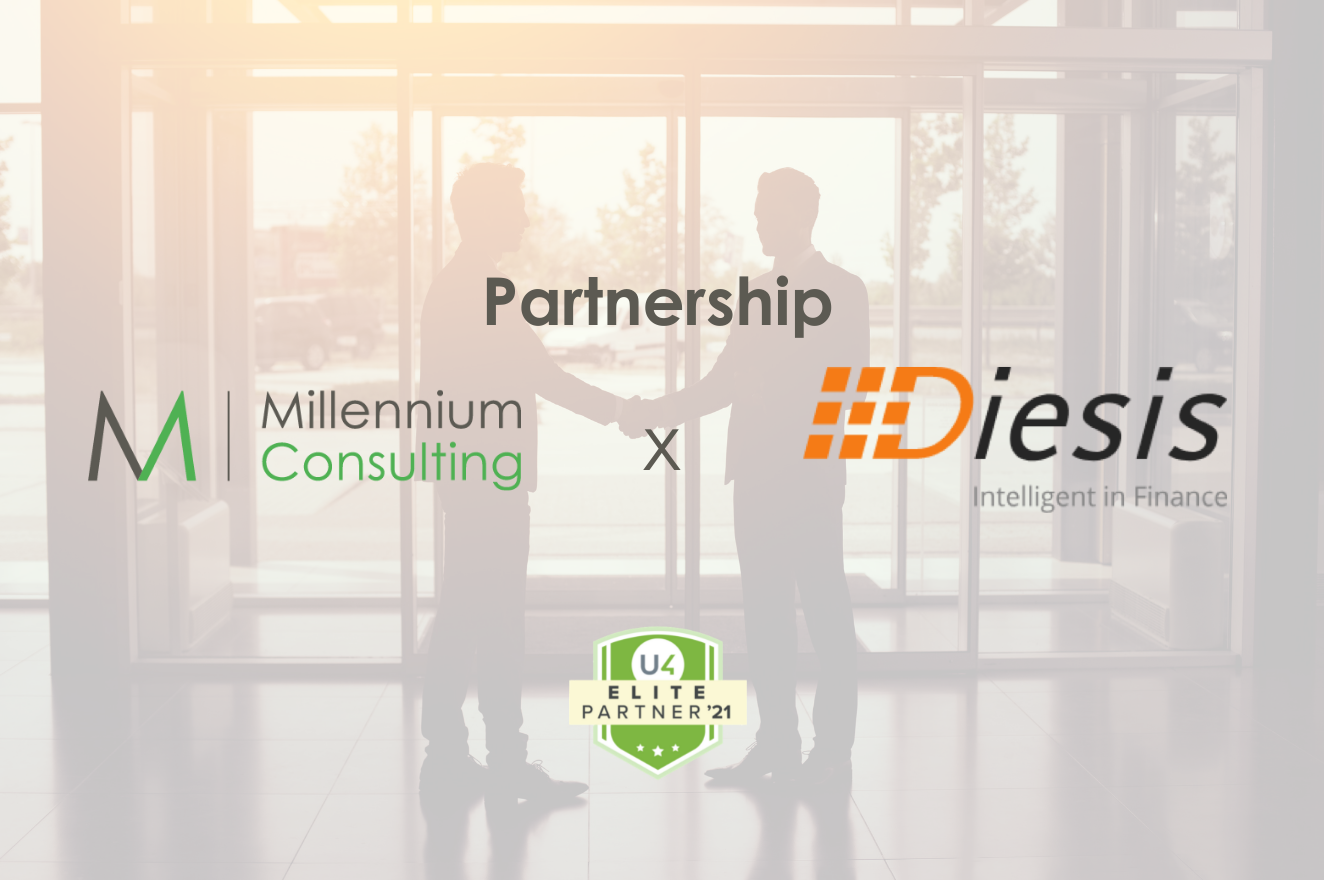Millennium Consulting Awarded ISO27001 & ISO9001 Certification
January 2024
Updating and re-validation of our ISO 9001 & 27001 certification to the globally recognised UK Government UKAS standard.


Updated and re-validation in January 2023
Updating and re-validation of our ISO 9001 & 27001 certification to the globally recognised UK Government UKAS standard.
December 2021
Millennium Consulting passed another ISO 27001 & 9001 audit with flying colours!
In December 2021 the highly successful recertification process was completed with no nonconformities identified in the audit. With special thanks to Mike Deal and Andre Peter for ensuring that we continue to conform to ISO standards internally and externally.
February 2021
Millennium is proud to announce that during December 2020 we obtained ISO27001 & ISO9001 certification.
While adhering to ISO guidelines in recent years, in 2020 the decision was made to formalise this via accreditation. After an intensive 9 month period, we are delighted to announce that this goal has been accomplished.
By gaining ISO 27001 & 9001 certification, we continue to demonstrate our commitment to providing quality service, effective cost management and timely delivery to our customers while at the same time anticipating their demands. In future we will continue to review our management systems, policies and information security management processes to achieve our ongoing objective of providing the highest quality service to our clients. Finally, to maintain our ISO status, we will continue to invest in technology, development and processes so we can best serve you, our customers.
AI and your business: What you need to know in 2024…
AI and your business: What you need to know in 2024…
Thought leadership article from Millennium Consulting CEO, Phil Keet
Two thirds of the UK’s large companies and at least 15% of smaller businesses already have at least one AI (artificial intelligence) application in play within their organisations. If you are still in the ‘wait and see’ camp when it comes to AI adoption, it could mean missing out on valuable opportunities to streamline business processes, enhance customer experiences and stay ahead of your competitors.
But how exactly is AI being put to work – and what might this mean for your business? Here’s a closer look at the AI landscape in 2024, including practical use cases, potential pitfalls, and the broad direction of travel.

Key AI Concepts
Even with fairly simple applications (think video conferencing apps or office entry systems, for instance), software vendors often describe their offerings as “powered by AI”. It sounds impressive. But what exactly does it mean?
AI is not a technology in itself. It’s basically an umbrella term, described by McKinsey as, “the ability of a machine to perform cognitive functions we associate with human minds, such as perceiving, reasoning, learning, interacting with the environment, problem solving, and even exercising creativity”.
A wide range of technologies and principles underpin AI. These are some of the most important ones to be aware of:
Automation
The terms, AI and automation are sometimes used interchangeably. It’s certainly the case that a lot of AI-based applications are designed to automate manual tasks. However, not all automation relies on AI.
Take a corporate accounting package, for example. Let’s say you can programme it to follow certain predetermined instructions – e.g. to extract a narrow range of data points to make certain calculations and populate a report. This is automation – but it isn’t necessarily AI.
Contrast this with more advanced office of finance functionality. With this, the software has the ability to make predictions and decisions based on the data it is presented with. The solution isn’t just following narrow, pre-defined rules; it’s making correlations and uncovering insights that are often impossible to pick up on through human intervention alone.
Machine Learning
Machine learning is the key concept that makes the difference between automation and actual AI. With this, the machine isn’t just reliant on explicit programming instruction. Rather, it relies on algorithms to make predictions and recommendations by processing data. The more data the machine processes, the more accurate it becomes.
Particularly relevant in areas such as performance management and sales forecasting, machine learning takes you beyond descriptive analytics (describing what just happened), and opens up the possibility of predictive and prescriptive analysis: anticipating what will happen next, and providing recommendations on what to do.
Deep Learning
One step up from machine learning, deep learning gives you the potential to process a much wider range of data sources for more complex use cases. It is based on multiple, interconnected layers of calculators known as neurons, forming a neural network. Vast amounts of data can be fed into the machine, and processed through those layers. The network can then make a determination about the data, learn if this determination is correct, and then use this knowledge to inform future determinations. Use cases include image classification (e.g. visual diagnostics), facial and voice recognition.
Big Data
Think about all of the data generated across your sales and customer service channels, operations, finance, and other key areas of your business. Much of this falls into the category of Big Data: i.e. large, diverse sets of data generated through the usage of devices, software, and networks.
With AI, the more data you feed into an application, the more accurate the solution becomes. As such, the success of any AI initiative is always going to be intrinsically linked to your ability to harness and process the right data, at the right time. Millennium Consulting’s Big Data White Paper explores this in more detail.
Generative AI
Generative AI – i.e. the ability of a machine to generate new output based on training data – isn’t new. However, when ChatGPT’s latest model, GPT-4 arrived last year, it was instantly recognised as a big deal. Previous generative AI models could produce serviceable – if not always very impressive – output. GPT-4 stepped things up several levels.
Like its immediate predecessors, the solution is trained through a neural network utilising massive amounts of data, combined with powerful natural language processing (NLP) capabilities. However, the latest version is much more effective at completing tasks that demand advanced reasoning or creativity, including the ability to understand and respond to nuances of conversation. It can also comprehend user intention more accurately, it allows users to adjust tone and style depending on needs, and is also a lot better at avoiding ‘hallucinations’ and nonsensical output.
In terms of practical application, generative AI is no longer confined to providing basic responses to simple requests. It can troubleshoot, advise, diagnose, solve complex problems – and even come up with new ideas: potentially disrupting a vast range of not just routine activities, but also senior and specialist job roles.
Use Cases
How can we inject extra intelligence into business processes to boost efficiency and effectiveness? What is the potential of AI for aligning our offerings more closely to customer needs and expectations?
Whether and to what extent you adopt a particular technology (including AI-based technologies) should always be dependent on what it is your business is trying to achieve. In general terms, however, possible use cases to explore include the following:
Customer experience
- Personalised offerings. Use AI tools to analyse customer data, identify individual preferences to deliver tailored recommendations and offers. Combine this with generative AI for the rapid creation of highly personalised marketing material.
- Proactive service. 73% percent of customers report a more positive perception of brands if they can anticipate minor issues before they become more significant. AI-based tools that can monitor software or device usage makes it much easier to identify errors/service issues and resolve them in a timely manner.
- Quality assurance. Human QA analysts can only listen, on average, to less than one percent of all customer service interactions. AI-based systems have the potential to appraise 100% of all interactions across all channels. Alongside this, ‘virtual assistants’ offer a much quicker and cost-effective way to resolve customer queries.
- Data collection. 68% of businesses say that the customer experience data generated within their organisations is not currently being utilised effectively. Look carefully at your data management and processing to consider how this might be optimised.
Finance
- AI-powered solutions give you the ability to drill into report lines, spot trends, make predictions, and deliver insight to the wider business.
- Performance monitoring. AI analytics solutions typically have a strong self-service element. This makes it possible for finance team members and business users to put financial and operational data to work, ask questions and generate scenarios without the need for specialist technical input.
- Routine disclosures and internal reports can often take weeks of preparation. Generative AI solutions could potentially shave large amounts of time from the drafting, verification and approvals process.
Operations management
- Predictive maintenance. These solutions can analyse performance at machine-level, anticipate failure/maintenance requirements before they arise, thereby minimising downtime and extending equipment lifespan.
- Inventory management. Predictive analysis delivers a better understanding of purchasing patterns and future demand. Most likely, this analysis is owned by your finance and sales teams. However, if you can feed these insights through to operations, it ensures that stock levels and distribution strategies are more closely aligned to actual demand.
- Supply chain management. Generative AI can give you the ability to process very large data sets, enabling you to identify performance weak points and risks across a complex supply chain ecosystem.
Potential pitfalls of AI
While AI certainly has the potential to create extra value, there are also risks to consider; particularly around the areas of public perception, employee anxiety, and data security.
90% of customers rate ‘instant customer service’ as important. And more than half of consumers say that slow response times would be enough to cause them to switch brands. In an ideal world, customers should be able to access precisely the support or information they require, right at the point of need. Advanced chatbots and other AI-based initiatives can go a long way in answering these needs.
However, there is a potential flipside to AI when interacting with customers. According to a recent survey from XM Institute, about half of consumers express a general concern about the ‘lack of a human being to connect to’ with automated interactions.
Dig a little further into this, and it’s clear that levels of concern vary depending on the complexity of the issue in hand. For instance, most customers are fine with AI for simple queries (e.g. making a routine travel booking, checking order status or minor support issues). If it’s advice on, for instance, a medical problem or resolving a billing issue, levels of comfort reduce considerably.
The most recent Chat-GPT release prompted reports that 300 million jobs could be affected by the latest wave of AI. And unlike previous waves of automation, generative AI places mid and even senior-level white collar under the spotlight.
More than three quarters of people say they are very or somewhat worried about human job loss linked to artificial intelligence. Significant AI initiatives are bound to raise employee concerns. As such, success depends on ‘selling’ the vision, on inviting input, and on highlighting the fact that AI-driven automation provides greater opportunity for individuals to focus on value-added work – thereby potentially enhancing rather than eliminating their role. Our finance transformation guide considers some of these themes in more detail.
On one level, AI is good news for anyone tasked with protecting a business from cyber attacks. Not least, it offers greater potential for scanning vast amounts of traffic for hidden threats. And by utilising deep learning techniques, businesses can enhance their ability to identify deviations from the norm that may indicate a breach.
But hackers have caught onto the potential of AI, too. For instance, we’ve seen recent reports of how threat actors are using generative AI to compose highly-specific and very convincing phishing campaigns. You can ask generative AI solutions to write code for you. So if threat actors are able to train models based on high-quality exploit data, there’s a very real potential for them to generate malware capable of evading detection by current security filters.
What next?
Across the last three decades, Millennium Consulting has established a reputation for enabling companies to solve their most pressing business problems with a range of expertise that spans next-gen data analytics, data architecture, cybersecurity, automation, AI and more.
For ‘joined up’ advice on your next big AI initiative, speak to us today.
Unit4 Financials by Coda Release Schedule 2024
Unit4 Financials by Coda is maintained via continuous release cycle of the software. An .iso is available from within Unit4’s Community 4U.
Local / Additional modules are released independently of the above release cycles and are notified via Unit4’s Community 4U. The maintenance of local products at v14 ceased at the end of December 2022.
Below you will find the currently planned release availability dates of Unit4 Financials by Coda Continuous Release during 2024. The dates below are advising of the date the software is released from Engineering and downloadable by our on-premise customers.
Unit4 Financials by Coda Continuous Release
| 2023Q4 Release | Released 5th December 2023 |
| 2024Q1 Release | Released12th March 2024 |
| 2024Q2 Release | Released 11th June 2024 |
| 2024Q3 Release | Planned 10th September 2024 |
| 2024Q4 Release | Planned 3rd December 2024
(The final release available for on-premise customers) |
These dates can sometimes be subject to alteration.
Unit4 Financials by Coda, Cloud Upgrades Schedule 2024
Unit4 Cloud customers are notified by Unit4 Cloud support when their pre-production and production systems will be updated. This information can also be found within the Cloud Services – Release Schedules area.
| 2024 | Preview | Acceptance | Production (Planned Maintenance Window) |
| Q1 | Tuesday 19th March 2024 | Tuesday 26th March 2024 | 20th /21st April 2024 |
| Q2 | Tuesday 18th June 2024 | Tuesday 25th June 2024 | 20th /21st July 2024 |
| Q3 | Tuesday 17th September 2024 | Tuesday 24th September 2024 | 19th /20th October 2024 |
| Q4 | Tuesday 10th December 2024 | Tuesday 17th December 2024 | 18th /19th January 2025 (Provisional date) |
These dates can sometimes be subject to alteration.
On 17th October 2023, Unit4 announced to its customers that it has taken a strategic decision to provide only Software as a Service (SaaS) solutions going forward. With Cloud being industry standard, we are transitioning on-premises Unit4 ERP, Unit4Financials by Coda, and Unit4 FP&A to being fully cloud based solutions.
With that, these solutions will no longer be supported or maintained by Unit4 with effect from 31st December 2024. Millennium and Unit4 are offering all on-premise customers a clear and attractive opportunity to migrate to the Unit4 Cloud.
Legacy software versions
v14
Release 19 – Released 28th October 2022
Critical bug fix end date has been reached for v14 – Please contact your Unit4 Account Manager to discuss upgrade options to Unit4 Financials by Coda Continuous Release.
v13
Service Pack 23 – Released 27th September 2019
Critical bug fix end date has been reached for v13 – Please contact your Unit4 Account Manager to discuss upgrade options to Unit4 Financials by Coda Continuous Release.
Why choose Millennium for Unit4 Financials by Coda?
We are an Elite Unit4 Partner with more than three decades of experience working with Unit4 Financials by Coda. That means we have the knowledge and experience to design, implement and support the right Unit4 Financials solution for your business.
Protecting Financial Data: Cybersecurity Considerations for 2024
Cybersecurity for CFOs
Protecting Financial Data: Cybersecurity Considerations for 2024
Far from being just a niche concern for your IT department, cybersecurity is everyone’s business. This is especially true of finance leaders; not least because the operational, financial, and reputational consequences of a major data breach will inevitably land in your lap.
Is your business doing enough to safeguard financial data? What cyber considerations need to be front of mind when you introduce new workflows and technologies to aid finance transformation? As we move into 2024, here are the areas you need to get on top of…
Risks and repercussions: cybersecurity and financial data
Recent statistics suggest that the volume of cyber-attacks is increasing. The consequences of a breach are also becoming more severe. To illustrate this, here’s a snapshot of the current data protection and cybersecurity landscape:
Cyber-attacks are becoming more prevalent. According to SonicWall, there were 6.3 trillion intrusion attempts globally in 2022 alone. CPR indicates that last year there was a 38% year-on-year increase in the global volume of attacks.
This broad trend is expected to continue, as demonstrated by the stats linked to ransomware attacks (whereby threat actors block access to data or systems to extort money from their victims). In 2021, it was estimated that someone somewhere falls victim to a ransomware attack every 11 seconds. By the next decade, it is predicted that every two seconds an individual, business or device will be attacked.
Financial data is particularly prone to exploitation. The vast majority (95%) of security breaches are driven by financial motivations, with around 65% of threat actors thought to be linked to organised crime. According to IBM, customer personal identifying information (including personal financial data) was the most breached data record type in 2023. This category of data compromise made up 52% of all breaches.
Data breaches are increasingly costly for your business. In 2023, the global average cost of a data breach was USD 4.45 million – 15% higher than in 2021. Of all data categories, customer personally identifiable information costs businesses the most when breached: USD 183 per record on average. 84% of businesses hit by ransomware experience lost revenue. Around 40% of companies will lay off employees as a result.
Building a culture of security in finance
More than a third of all data breaches involve phishing, whereby criminals use fake messages (usually emails) to dupe users into downloading malware, giving away information, or executing fraudulent transactions.
This fact helps explain why even the world’s largest and best-resourced enterprises still get hit with catastrophic security events. Your business may already have firewalls, intrusion detection, anti-malware software, and a host of other cybersecurity measures in place. But if an unsuspecting employee clicks on a malicious link or downloads something they shouldn’t, those basic breach-prevention measures count for little.
The finance function is not only seen as the financial gatekeeper but also the place where lots of sensitive, exploitable data resides. As such, your finance team presents a particularly attractive target to phishing scammers. This includes so-called ‘spear phishing’ and ‘whale hunting’ exploits, whereby criminals deliberately identify and target key business insiders with heavily personalised (and often, very convincing) fake messages.
Action Points for Finance Leaders
It can be easy to regard cybersecurity as “not my domain”, or “something that the IT people take care of”. It’s almost certainly the case that your team members have been provided with the company’s safe usage policies. But to what extent is there a culture of compliance – and how much oversight do you provide?
Individuals tend to be the weak point in the cybersecurity chain. You can mitigate this with effective, relevant security training – including, for instance, simulations replicating real-world attacks. You can only build a culture of security compliance if your team members are fully aware of what’s expected of them – and why it’s important.
Hardwiring security into your finance transformation strategy
One current and ongoing area of focus for Millennium Consulting is helping its Unit4 Financials by Coda customers to transition from an on-premise to Cloud-based software instance . Already, these customers are leveraging the benefits of Cloud deployment, including quicker access to new functionality, ease of maintenance, and lower cost of ownership.
For many finance departments, a shift to the Cloud is just one element of a wider transformation strategy. Initiatives such as automating core processes, and adoption of advanced analytics have obvious benefits in terms of boosting your decision-making capabilities and staying ahead of the competition.
However, it is also worth bearing in mind that your finance transformation will have inevitable consequences for both cybersecurity and data protection. For instance, if you are shifting sensitive financial data to the Cloud, can you still ensure that your compliance obligations governing data storage and transfer are being met? To what extent will new tools and changes to your data architecture (particularly around data integration) alter your vulnerability to cyber-attacks?
Action Points for Finance Leaders
Let’s say you are weighing up a range of software vendors and deployment options as part of a process optimisation initiative. You’re focused on the essentials (e.g. functionality, ease of integration – and not to mention cost). But where does cybersecurity fit in the decision-making process?
Security considerations need to be part of your deliberations right from the outset – rather than it being something your IT team thinks about after procurement decisions have been made.
Some initiatives – e.g. increased data integration and the shift to the cloud – may require your technical team to touch on areas of cybersecurity knowledge that they are unfamiliar with. What will be required in designing and implementing a robust security architecture for your new cloud environment? What additional skills will you need to bring onboard, and what will be the likely costs involved?
External expertise can be highly valuable, both for making ‘secure-by-design’ procurement decisions, and for implementing the changes necessary to secure your new environment.
Maintaining visibility across a complex IT ecosystem
Both in finance and across the wider business, one of the longer-term consequences of the pandemic is that many employees have much greater leeway in when and where work gets done.
Following on from this, Gartner has recently picked up on a trend of what it calls “radical flexibility.” In other words, employees in 2024 often crave much greater flexibility in deciding how work gets done – including their choice of tools for the task at hand.
So, what might this mean for keeping financial data secure?
Well let’s say one of the finance teams needs a better way to visualise and present some data, or a tool to manage a new regulatory requirement. A decade or so ago, this would probably have meant contacting their manager. A solution would be sourced; IT would then check that it’s safe before installing and configuring it.
Fast forward to the present, and an employee can bypass these steps altogether. They have an issue; they find something suitable on the app store, sign up using the company’s details – and the problem is solved.
This gives rise to the issue of shadow IT; whereby software or other assets are added to an enterprise network, without IT knowledge, approval, or proper oversight.
This can be wasteful, with multiple employees potentially signing up for the same or very similar tools (one estimate suggests that the average enterprise wastes over £105,000 annually on duplicate/unnecessary license spending). It can also give rise to multiple security and governance risks. Assets from untrusted – or even malicious – sources can easily find their way into your network, and sensitive data could end up being processed, stored, or exposed in a way that significantly increases the chance of a serious data breach.
Action Points for Finance Leaders
In part, the potential risks associated with shadow IT can be mitigated (once again) with comprehensive employee training, including clear policies to prevent the use of unauthorised apps across your network. This should be accompanied by IT asset management processes and licensing management tools so that IT can maintain a clear and complete view of the applications in play across your IT environment.
Alongside this, if you want to prevent employees using unsanctioned workarounds for business-related problems, finance leaders need to ensure that employees have the right tools for the job. For instance, are you still relying on unwieldy legacy technologies for close & consolidation and other time-consuming tasks? Are there better ways to handle new IFRS requirements? Is there a user-friendly solution out there for visualising data?
If you can address these types of problems, the need for employees resorting to shadow applications is effectively removed.
What next? Making the right choices for safeguarding your data
There is no quick fix for eliminating cybersecurity risks. The right mindset to adopt is often described as the “assumed breach” stance. In essence, this involves acknowledging that breaches will happen and putting the right range of measures in place to protect your data and your business accordingly.
So what measures are appropriate for your business? This is where Millennium Consulting can help. Combining expertise in both cybersecurity and finance transformation, our consultants can review your existing processes, identify your weak points, fill in any skills gaps you may have, and ensure the implementation of a cybersecurity framework that’s tailored to your specific needs.
Unit4 Cloud: Busting the Myths and Realising the Benefits
December 2023
Unit4 Cloud: Busting the Myths and Realising the Benefits
The last year has seen many of our customers make the move to Unit4 Cloud and the software-as-a-service (SaaS) model. Those companies are already reaping the benefits in terms of convenience, new functionality, and ease of management.
However, for some customers who are yet to switch, doubts about the Cloud still linger. Will migration be more trouble than it’s worth? Will it jeopardise business continuity? Does it mean exposing our data to new cyber risks?
With this in mind, we wanted to help dispel the myths and explain the reality surrounding Cloud Migration and deployment. Here’s what the transition to Unit4 Cloud means for you and your business…
Unit4’s strategy shift: what it means…
In October 2023, Unit4 announced the strategic decision to only offer SaaS solutions going forward. It means that Unit4 Financials by Coda – along with Unit4 ERP, and Unit4 FP&A – are to become fully SaaS-based solutions.
On-premise solutions will remain fully supported for the time being. However, as of 31 December 2024, those solutions will no longer be supported and maintained.
Why is it happening?
Put simply, Unit4 has concluded (correctly in our view) that the SaaS cloud model is the best way to ensure that users get what they need, when they need it.
Over the last few years, Unit4 Financials by Coda has undergone a steady stream of enhancements in areas such as customisable reporting, advanced budgeting and forecasting, consolidation, and intercompany transactions. This is on top of all those under-the-bonnet tweaks and fixes you would expect from a mature, enterprise-grade financial management package.
New challenges – whether they be regulatory, security or market-based – can arise quickly. The functionality offered by Unit4 Financials evolves in response to this, as well as to the suggestions made by members of the user community. The Cloud-based model ensures that these new features are placed in the hands of customers in the most timely possible way, helping them remain “compliant, competitive, and efficient, with one of the most secure cloud-based platforms on the market”.
Cloud anxiety - and how it can hold you back
Many customers will be of the view, “If it ain’t broke – why fix it?”. If your on-premise Unit4 Financials has served you perfectly adequately up until now, this way of looking at things is perfectly understandable.
However, Cloud anxiety can easily give rise to lost opportunity costs. If you regard the shift to the Cloud as nothing more than a “necessary evil” – i.e., just another overhaul for your IT and finance teams to take care of – you’re in danger of overlooking its benefits. Here’s a look at some of the myths surrounding SaaS in the Cloud and the realities for each one.
Myth 1: The Cloud and SaaS is just another money grab
Reality: SaaS can help free your IT department from whole swathes of expenses, resulting in lower cost of ownership
“With SaaS, I’m swapping my perfectly good on-premise servers for higher license costs”.
A quick glance at a classic SaaS model might trigger this reaction. But dig a little deeper and things look very different.
Don’t forget that with Unit4 Cloud, you’re not just getting access to the software; you’re getting full IT maintenance and support. For as long as you’re subscribed, Unit4 picks up the slack.
With on-premise deployment, the full burden of maintaining, securing, and updating the software rests solely with your IT staff. The shift to SaaS means that much of this burden – and its associated costs – are removed. Instead, you can expect simplified integrations, fewer instances of downtime, much quicker restorations if your system does go down, and a stronger security stance.
Make sure that you factor all of this in when making on-premise / SaaS cost comparisons.
Myth 2: SaaS just means the ‘same old’ product delivered in a different way
Reality: Unit4 Cloud means getting more useful features - quicker
One of the reasons why Unit4 has shifted to a Cloud-only strategy is to make it easier to concentrate on what really matters. With fewer resources tied up in supporting a bulky catalogue of physical Coda versions, R&D teams can focus their efforts squarely on actual product development.
Since the shift to Unit4’s Continuous Release model, we’ve already seen a steady stream of enhancements; just a few recent examples being easier task scheduling and the management of attachments, through to under-the-bonnet ‘data chunking’ to speed up performance. We fully expect that once the bulk of the SaaS move has happened, further improvements in functionality will come thick and fast.
SaaS means a greater emphasis on product development. What’s more, this model also tends to be better at getting that new functionality into your hands quickly. Every three months, sees a new release from Unit4, meaning that you get exactly the updates and new features that you need, without disruption.
Myth 3: Our financial management solution will be less secure in the cloud compared to on-premise
Reality: Unit4 Cloud can actually help to strengthen your security stance
When it comes to security, it is rarely a simple case of “Cloud, good; on-site deployment, bad” (or vice versa).
It all depends on who’s actually providing the service. If you switch from on-premise to an untrusted SaaS provider where there’s a slapdash approach to governance and a poor track record in addressing vulnerabilities (and high levels of downtime), you weaken your data security stance.
With Unit4 Cloud however, you have the reassurance of knowing that your data is secured at every level, applying industry best practice. Security highlights include the following:
- Unit4 relies exclusively on trusted data centers (e.g., Microsoft Azure, and Nordics-based Conapto) to ensure regulatory compliance, physical security, and availability.
- The highest levels of enterprise-grade encryption are applied to prevent unauthorised access – for data both in transit and at rest.
- The ability for you to apply fine-grained identity and access management (IAM) controls to determine who can see and work with what resources in the Cloud.
- Strict and effective data segregation, ensuring that every Unit4 customer has their own private and secure database.
- Comprehensive and continuous threat monitoring to detect and prevent malicious events, threats, and intrusion attempts. This is accompanied by a proven record in addressing vulnerabilities.
Unit4 Cloud allows you to maintain a security stance that is at least as strong – and in many cases, even stronger – than your current on-premise environment.
A switch to the cloud can certainly help free up some of your resources currently expended on infrastructure security. That said, it does not, of course, render your IT estate immune from cyber threats! Nor does it absolve you from responsibility for areas such as configuring your own environment, securing endpoints, and company networks.
Securing a Cloud environment is no easy task. And in fact, according to Fortinet’s latest Cybersecurity Skills Gap report, Cloud security tops the list of the most needed cyber security skills, as well as being the hardest to fill roles for organizations.
Fortunately, Millennium Consulting is committed to helping our customers overcome any cyber skills gaps through dedicated in-house cybersecurity expertise. To learn more about this expertise, and to ensure the confidentiality, integrity and availability of your data in the cloud, explore our cybersecurity services here.
Other potential benefits
Unit4 Cloud offers the potential to reduce the total cost of software ownership and management. It promises to make the financial management solution you love even better. And with access to the right support, it can offer a more secure means of software deployment.
On top of all of this, the cloud-only future for Unit4 Financials could offer your business several additional benefits:
Boosting business continuity
An on-premise server crash is doubtless one of your IT manager’s biggest nightmares. Worst case scenario, you’re talking hours, days – or even weeks of interruption.
By contrast, Unit4 Cloud’s impeccable uptime record is impossible to ignore. This is a company that takes its SLAs extremely seriously. So even if there is a server outage, a robust continuity process (including the ability to switch deftly to a secondary data center) helps keep customers up and running with the minimum of disruption.
Supporting your sustainability goals
Just a few years ago, sustainability was a peripheral concern for most businesses. In the latest PwC Pulse Surveys however, 41% of finance leaders regard ‘not meeting sustainability commitments’ as a moderate or serious risk for their companies.
Customers and investors alike want to see companies putting their money where their mouth is when it comes to sustainability. If you can point to a switch from legacy on-premise servers to highly efficient data centers (along with a corresponding reduction in energy consumption), it can tie neatly into your emissions-reduction strategy.
Enabling new ways of working
Is remote or hybrid working right for your business? Your answer to this will of course be shaped by a number of factors, including business objectives, office culture, and customer needs.
The beauty of Unit4 Cloud (particularly for finance staff) is that it gives you greater options in this area. So long as they have an internet connection, employees get ‘anywhere, anytime accessibility’ to your financial management suite. At the same time, however, granular access management means you still get to control who accesses what and when – regardless of employee location.
Joining the community
It’s easy to overlook just how responsive Unit4 is to user needs and suggestions. Community4U is the company’s customer and partner community, made up of dedicated forums devoted to specific Unit4 solutions (including Unit4 Financials).
Through it, you can engage with other customers and partners, get in touch and ask questions, share tips and best practices and find solutions that will make your life easier. The community also includes a process through which customers can suggest product enhancements, some of the most notable recent ones being as follows:
- Remove trailing spaces automatically
- Set the name of the attachment sent by email
- ‘Remove the line’ checkbox as movable item on input template
- Custom portal per company
- Sorting payment proposals by date instead of payment code
- Mandatory fields on element template
- Cr/Dr differentiation on Distribution Master / Revaluation
- CODA Procurement: Irrecoverable Tax on Reversing VAT
- ScheduleChange Periods (000223)
The switch to Unit4 Cloud enables you to gain the earliest possible access to these enhancements as they are rolled out
What next?
As an Elite Unit4 Partner, Millennium Consulting offers everything you need to facilitate a swift, pain-free migration to Unit4 Cloud.
Discover the latest Unit4 Financials releases
Unit4 Financials 2023 Q4 Release
Unit4 Financials by Coda 2023 Q4 was made available on 5th December 2023.
The new release contains all the previous Unit4 Financials functionality and new features. Plus, many additional customer requested fixes, highlighting the importance of logging enhancements via Unit4’s Community 4U.
Highlights of the 2023 Q4 release include:
Administration:
- Session Cleaner
- The periodic Session Cleaner now deletes session data attributed to sessions that no longer exist, this prevents the accumulation of data which impacts performance problems at logoff.
- Print Formatter
- Print Formatter now requires .NET Framework 4.8.
- Print Formatter now makes use of TLS 1.3.
- Workflow Designer
- Workflow Designer now requires .NET Framework 4.8.
- Workflow Designer now makes use of TLS 1.3
Billing:
- Billing Invoices
- When posting invoices from Billing to Financials, it is now possible to exclude zero value lines. This is an optional setting on the document master in Billing.
Finance:
- Company Master
- You are now able to map the Finance Summary line and Analysis line accounts for use in Electronic Invoicing. These parameters will be used in the future by the new Electronic Invoicing functionality.
- Element Master
- You are now able to map the AccountingSupplierParty for use in Electronic Invoicing. If the ‘Matchable element’ option is set to ‘Customer/Supplier’, the Electronic Invoicing tab becomes available. These parameters will be used in the future by the new Electronic Invoicing functionality.
- Print Invoices
- If you select or deselect Add PDF as primary attachment in the Printing options screen, your choice will now be saved as a User Preference for the logged-on company.
Structured Output:
- UBL 2.1 Credit Note Transformation
- A new UBL 2.1 Transformation Type is available for Credit Notes on the Manipulation master. The UBL 2.1 Transformation XML is validated against the UBL 2.1 credit note schema.
- UBL 2.1 Transformation Invoice
- The UBL 2.1 Transformation (for invoice generation) now has an extended vocabulary list and the Business terms reference (E.g. BT-22) has been added to the target vocabulary as an identifier to allow easy correlation to the Peppol documentation.
XL:
- XL Designer now requires .NET Framework 4.8.
- XL Designer now makes use of TLS 1.3
- Deprecated features:
- The .NET router has been deprecated. The final release has not been determined.
- 32-bit XL is deprecated. We recommend the use of 64-bit XL.
The Message Board feature in Administration is deprecated. It will be removed in a future release.
General Fixes/Updates:
- It is now possible to enter and save strings with the ‘+’ character, eg +44 12345678 when using Text fields in Print Formats
- The sample workflow definition for the approval of tax lines on finance documents ‘APPROVETAXL’ has been updated to correct an error on its definition.
- An empty ElementResponsiblilityCurCode in UserMaster Get response no longer triggers a schema validation error.
- Modifying a scheduled task no longer incorrectly changes the next tun time of that task.
- The Scheduled Task Parameters are now properly validated when the Financials Group Company has been changed or when the task is enabled or disabled.
- Flexi-field vocabulary specified in a selector master is no longer ignored when running Print Invoices as a scheduled task.
- Any vocabulary that has been removed will now be deleted from the standard metadata when imported as part of the upgrade process. Previously this could cause the metadata import to fail.
- The username is correctly recorded when an asset is changed, by running depreciation for example. This change will also be reflected in the Audit Trail process.
- Asset Depreciation has been corrected to run for the companies specified in the selector master, it will only run for the companies the user has access to. i.e. companies specified on their user master.
- Attachments using a ‘Base URL’ can now be posted to the finance document using Journal Loader in the XL for Finance add-in. The filename path has now been corrected.
- Mandatory flexi-field transaction line data no longer causes an error when generating tax and balancing lines in input.
- When posting documents via web services, document master books checking for intray documents is now respected, some poor error messages have been corrected and the CheckPostWithoutTemplate service has been brought into line with Post service behavior.
- Workflow can now be postponed for recurring documents, when the “Request confirmation before starting workflow” option is checked on the Document Master.
- The modification date is now consistently updated on oas_payline.moddate.
- Within Matching, when a partial payment is made, any previously selected lines are still selected upon successful completion of the operation.
- Adding or updating element banks via the Set function of ElementMasterService no longer populates blank fields with random symbols and characters.
- Assisted Element – Element long name is no longer truncated when copied from Element name.
- In Invoice matching the account code is no longer being overwritten when regenerating tax for an invoice that has had its authorisation status reset.
- It is now possible to match a negative order that has been received, to a Credit Note in Purchase Invoice Matching.
- In Structured Output, amending a process master to Output type SFTP no longer causes a connection failure error.
- Additional vocabulary has been made available for selectors and presenter in XL, this includes reconciliation date and reconciliation user.
Further details on the new features, security updates and reported issues can be found in the release documentation.
Release dates for Cloud users
Unit4 Cloud customers are notified by Unit4 Cloud support when their pre-production and production systems will be updated. This information can also be found within the Cloud Services – Release Schedules area. View the 2023 Cloud Schedule here.
The Release Notes detailing the fixes and features within this release can be found in the Documentation area on Unit4’s Community 4U.
Transform your Unit4 Financials by Coda system and take it to the next level by migrating to Unit4 Cloud.
With effect from December 31 2024, on-premises Unit4 Financials by Coda will no longer be supported or maintained.
UK’s clean energy milestone
One trillion kWh - and counting… laying the foundations for the UK’s next clean energy milestone
Published November 2023
2023 has seen the UK hit a renewables generation record, with one trillion kilowatt-hours (kWh) of electricity generated from renewable energy sources.
As the energy sector looks towards its next big milestones, technologies in areas such as Operation & Maintenance (O&M) and Enterprise Asset Management (EAM) will have a key role to play.
Records in renewables continue to be broken…
Earlier this year, the UK passed one trillion kilowatt hours of energy generated from renewables.
This milestone has been more than five decades in the making. National Grid’s analysis of this dates back to 1970, when renewables represented 1.9% of total generation, with hydro as the main source at the time. Offshore and onshore wind and solar entered the energy mix in 2010.
Industry data shows that this latest milestone is just one of a number of key moments for renewables over the last couple of years:
- In 2020, renewables outstripped fossil fuels for electricity generation over the course of that year for the first time in UK history.
- In 2022, electricity generation from renewable technologies increased to 5% from 39.6% a year earlier, beating the previous record high of 2020.
- In February, May, October and December of 2022, zero-carbon power accounted for over 50% of Britain’s electricity mix. In 2010, it was less than 20%.
- Wind generation in 2022 hit a record high share of 26.8% of total electricity generation.
Next steps - and the challenges that must be addressed
The UK’s first trillion kilowatt hours of electricity took more than fifty years to generate. However, providing that the latest projections stay on track, the second trillion will take just five years. The government’s wider aim is to generate at least 70% of the country’s energy from renewables by 2030.
But of course, none of this will happen organically. For ambitious targets to be met – and for green power generation records to continue to be toppled – it’s going to demand further significant action on the part of all stakeholders.
For producers across the electricity sector, the emphasis needs to be on system optimisation. This includes deploying the right technologies to better manage supply chain pressures and minimise costs. Areas of special focus include the following:

Meeting the scale-up challenge
Policymakers refer to the Balanced Net-Zero (BNZ) Pathway: i.e. a rapid switch from fossil fuels coupled with a lower overall energy demand, with the central aim of achieving net-zero emissions by 2050.
For this to happen, new installations will need to be added to the mix, and elements within the existing renewables value chain will need to scale up production significantly. As a couple of illustrations, McKinsey highlights that for the UK’s BNZ scenario to come into fruition, offshore wind will need to be delivered at 3.0 GW of capacity each year (twice the historic rate). Likewise, solar installations will need to deliver a 30-fold increase in output, to 4.7 GW per-year.
For power generation companies to get the most out of existing assets, certain capabilities are a must. This includes the ability to track real-time asset performance, and to identify minor problems before they translate into downtime.
Designed to meet the needs of the power generation sector, IFS Enterprise Asset Management (EAM) software delivers precisely what enterprises need to maximise production, and make better-informed decisions about how and when assets should be replaced, refurbished or renewed. The aim here is a clear one: extracting maximum value and capacity from your entire asset stack, to help ensure that targets are met.

Tackling supply chain and labour issues
As with all other industries, it is impossible for the electricity generation sector to avoid the knock-on effects of supply chain disruption. Some of the key recent challenges highlighted by Deloitte include limited availability of raw materials coupled with longer lead time for components, supplier-driven cyber risks, and a global shortage of chipsets for components such as solar panels and wind turbines.
The shortage of skilled workers is a further factor that could jeopardise the chances of transition targets staying on track. PwC analysis suggests that in the UK alone, a fresh pipeline of approximately 200,000 people will need training for green energy jobs between now and 2030.
Shortfalls can be addressed in part by reskilling and upskilling workers who will be displaced from areas such as oil & gas, while also widening and diversifying the recruitment pool.
At the same time, businesses will need to think smart when it comes to making the most out of existing workforces. This should include the adoption of technologies such as intelligent workforce optimisation, which makes it easier to balance competing workforce priorities and instigate more efficient task scheduling. Likewise, advanced workforce planning and demand forecasting software should make it easier for businesses to predict when and where workforce gaps are likely to arise – and to plan accordingly.

Futureproofing your technology stack
Visibility across all power generation assets, the ability to drill into operational data and identify areas for improvement, the ability to drive efficiency and bring down costs: these are precisely the type of capabilities power generation companies will need to develop if future targets are going to be met.
A leader in the fields of ERP (Enterprise Resource Planning), EAM (Enterprise Asset Management) and Service Management, IFS is the go-to solution for companies across the energy sector. As a premier IFS Managed Service Provider, Millennium Consulting is ideally placed to help you build the capabilities required to keep targets on track. For further information, please contact Philip Keet, IFS Director.
Financials Focus: Your Journey to Unit4 Cloud - recording
Millennium Consulting Webinar Series
Financials Focus: Your Journey to Unit4 Cloud
Recording from Thursday 23rd November 2023
During the event, Chris Peall, Director of Professional Services shared the benefits of upgrading to Unit4 Cloud and provided insights into the process.
Whether you are ready to begin your journey or if you have any concerns, this webinar will provide valuable insights and clarify the entire process.
If you are considering migrating to the Cloud, talk to one of our experts today.
Chris Peall
Director of Professional Services at Millennium Consulting
Chris Peall oversees all projects & services and is the Product Owner of all Millennium IP.
Chris has over 20 years working across the industry in the Data Science, Business Analytics, Architecture and Project Management spaces. He ensures that you will have access to the most relevant and experienced members of the team to suit your needs, and that results are delivered in an expedient and professional manner.

IFS Online Discussion Forum recording Nov 2023
IFS Online Discussion Forum
Thursday 16th November 2023
Watch the recording below

Discussion topics included:
- Digital transformation strategy
- The role of the Program Sponsor
- Program team composition: Internal/external
- Central versus local systems architecture
- The critical importance of change management/user adoption
- Cloud options
- Data migration/management
- Testing
- User training
About Millennium Consulting
Millennium Consulting is a twenty eight year old ERP and Finance Transformation Consultancy that works with the world’s leading organisations on digital transformation programs. As direct partners with IFS, we help clients decide on a solution that meets their particular needs. Our client’s interests are our priority and by working closely with key stake holders we are able to define and deliver the most appropriate technology strategy.
Did you know...
We are an Authorised IFS Channel & Services Partner
As direct partners with IFS, we help clients decide on a solution that meets their particular needs. Our client’s interests are our priority and by working closely with key stake holders we are able to define and deliver the most appropriate technology strategy.

Millennium adopts three elephants from Sheldrick Wildlife Trust in Kenya
November 2023
Millennium adopts three elephants from Sheldrick Wildlife Trust in Kenya
Talek, Kitiak and Mushuru
The Sheldrick Wildlife Trust (SWT) is well-known for its successful orphan elephant rescue and rehabilitation program, which is considered to be the most successful in the world.
Elephants are an endangered species on account of man’s need for land and the constant poaching threat. In response, Millennium is supporting the work performed by SWT and has adopted three elephants – Talek, Kitiak and Mushuru – who receive specialised care and nutrition that enables them to grow and thrive.
"As someone born in Kenya who spent their formative years there, I hold a deep affinity for the country, its warm-hearted people and its awe-inspiring wildlife. I am wholeheartedly dedicated to extending my support and promoting the wellbeing of Kenya and encouraging financial assistance whenever the opportunity arises."
— Phil Keet, Chief Executive Officer at Millennium Consulting
Discover more about the Sheldrick Wildlife Trust (SWT).



